Summer PowerPoint
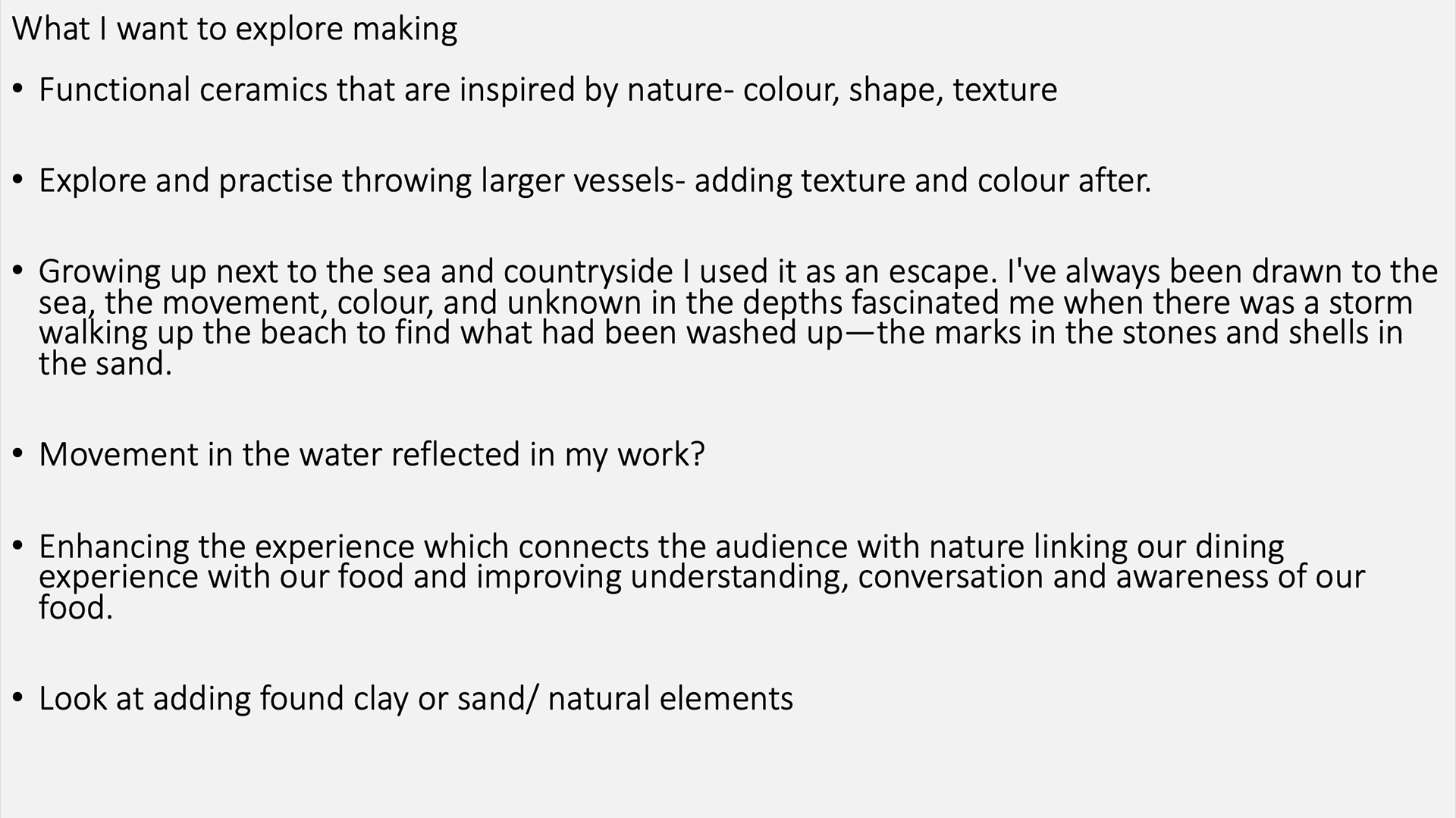
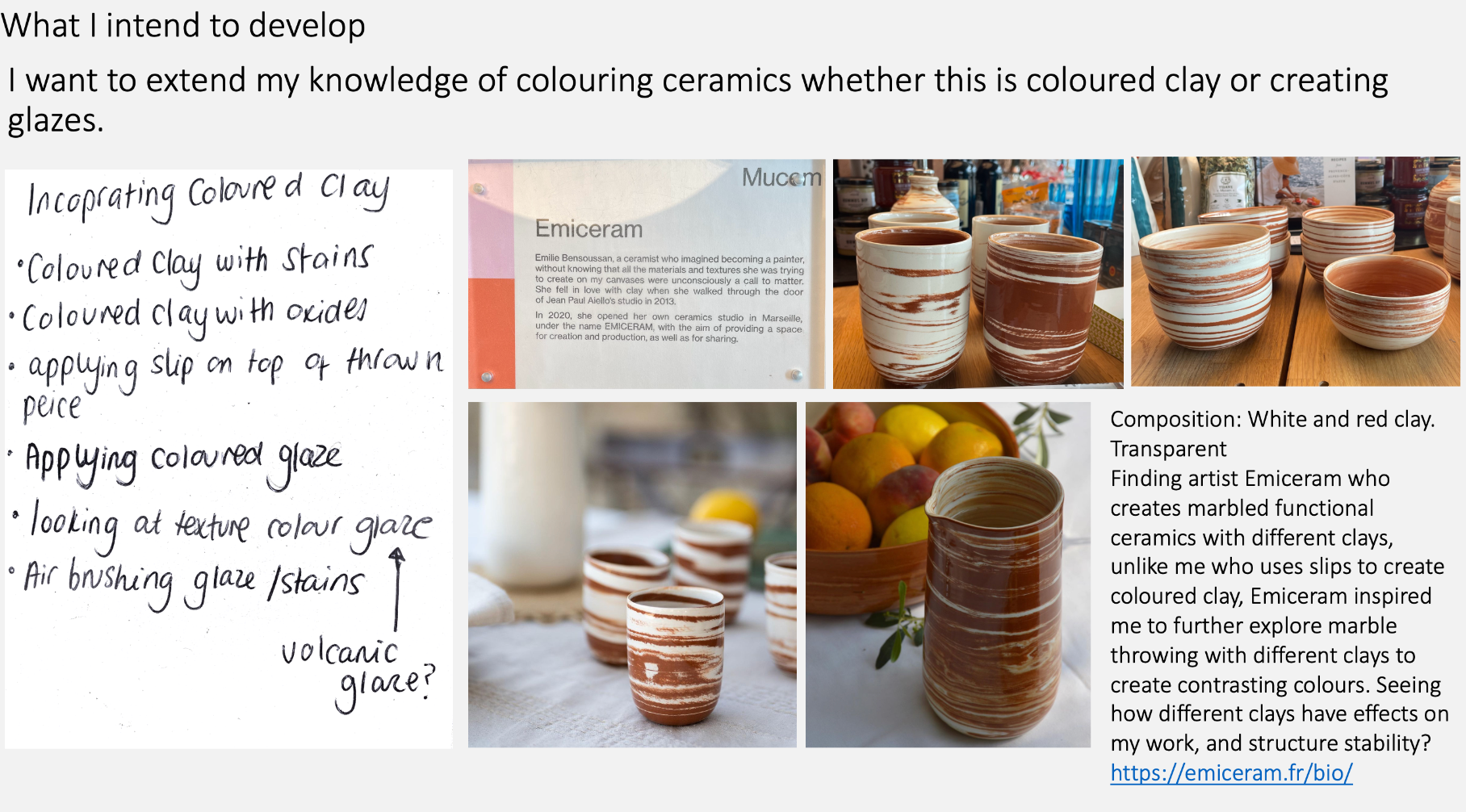
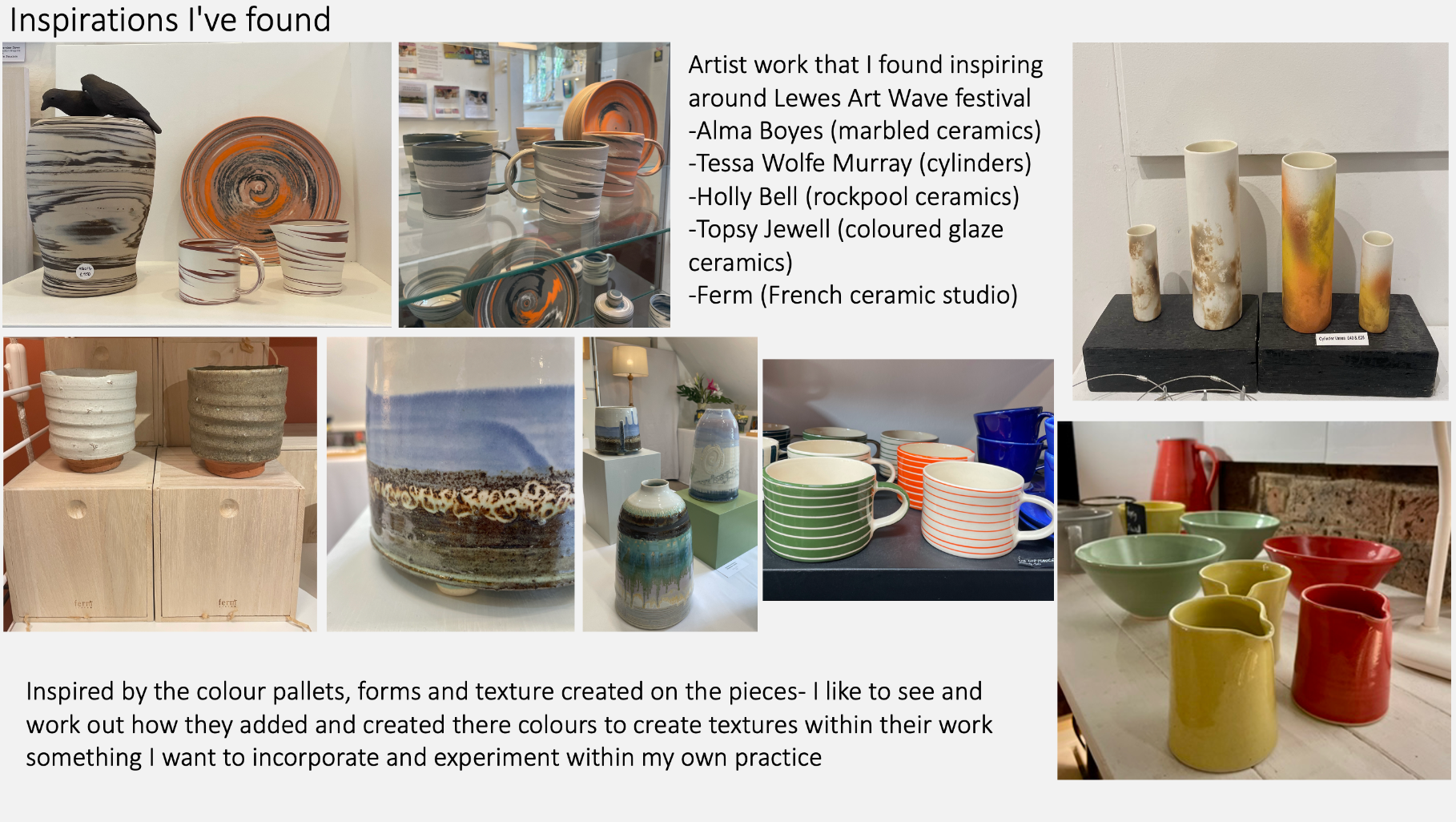
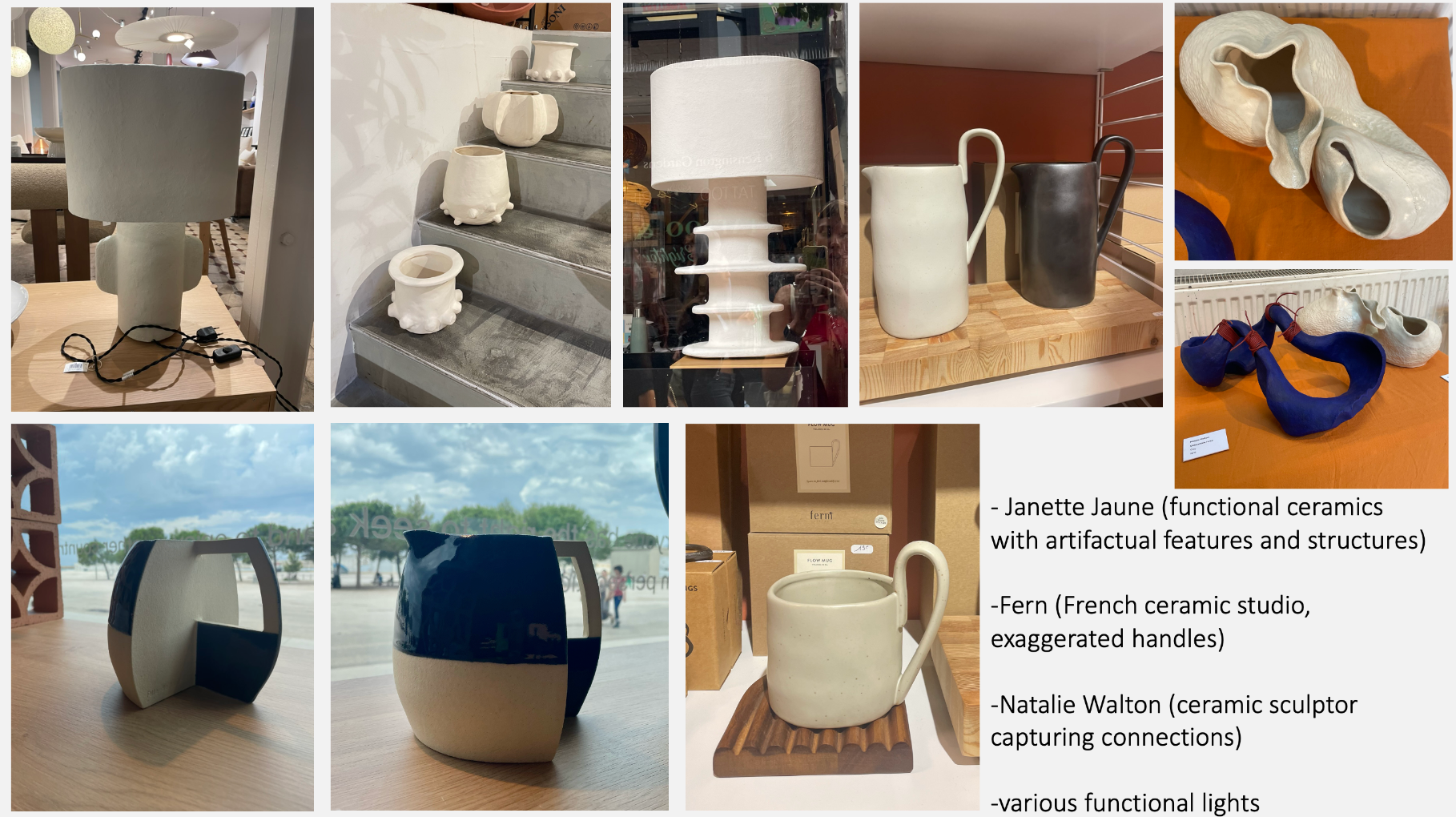
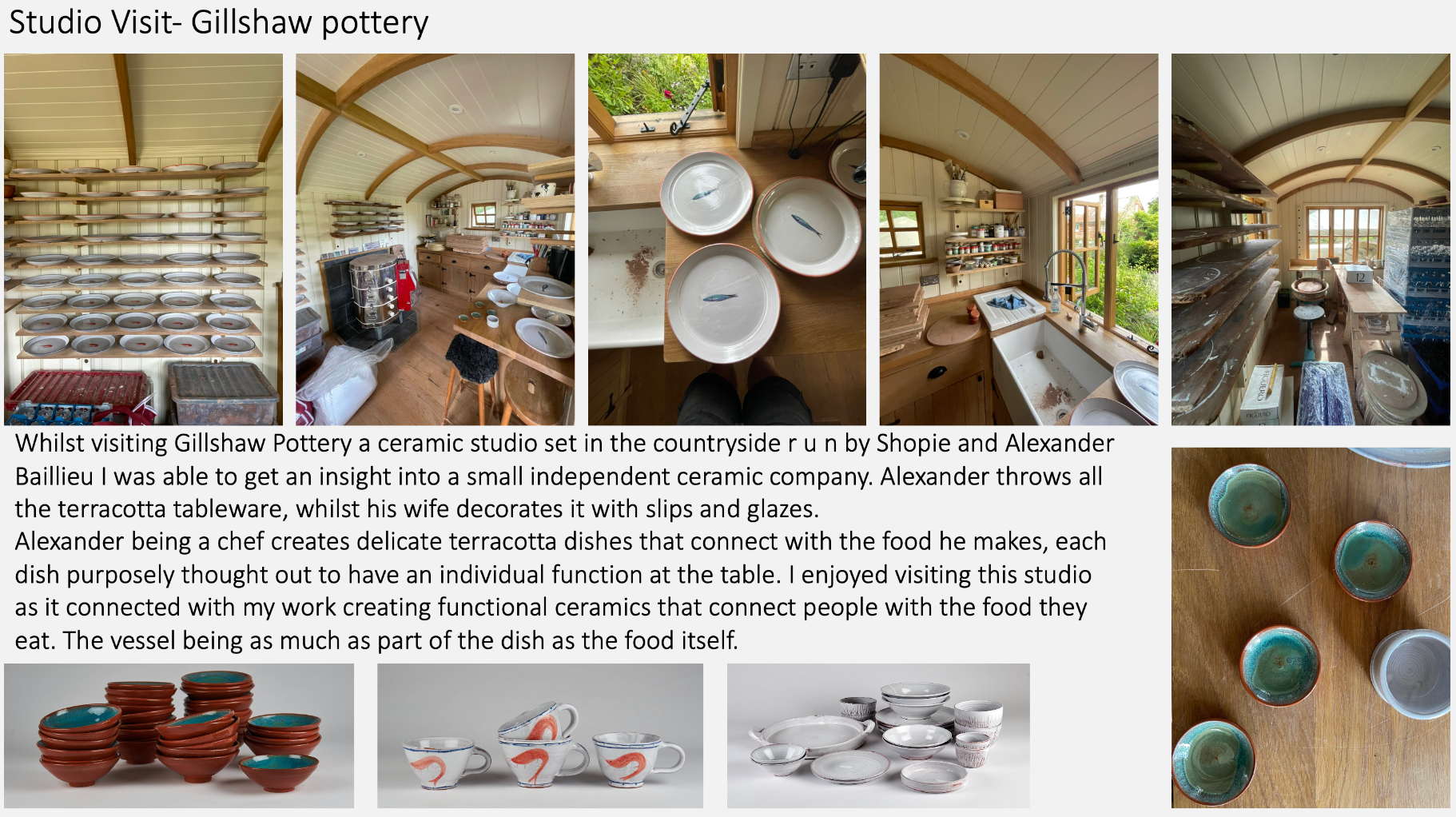
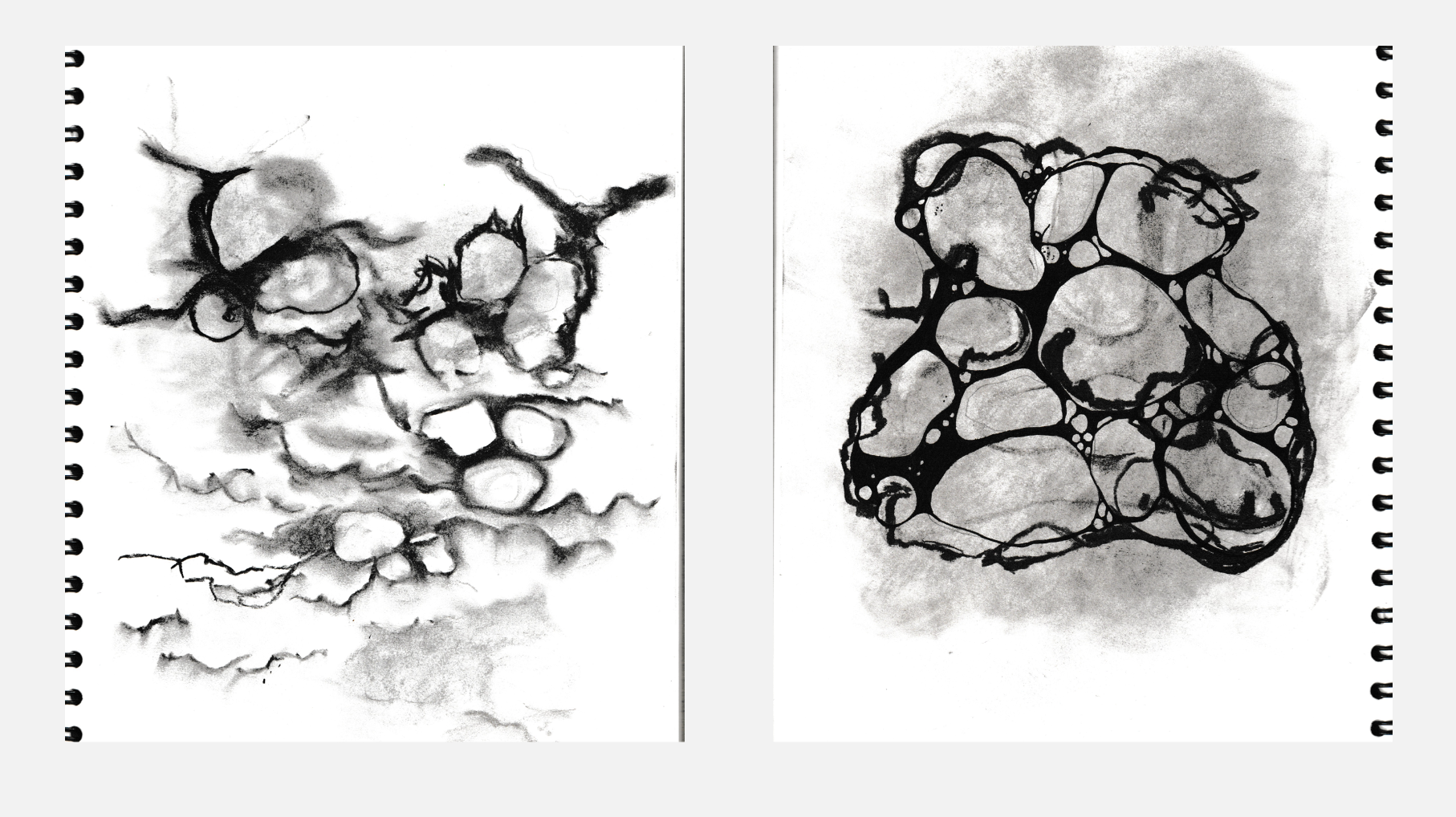
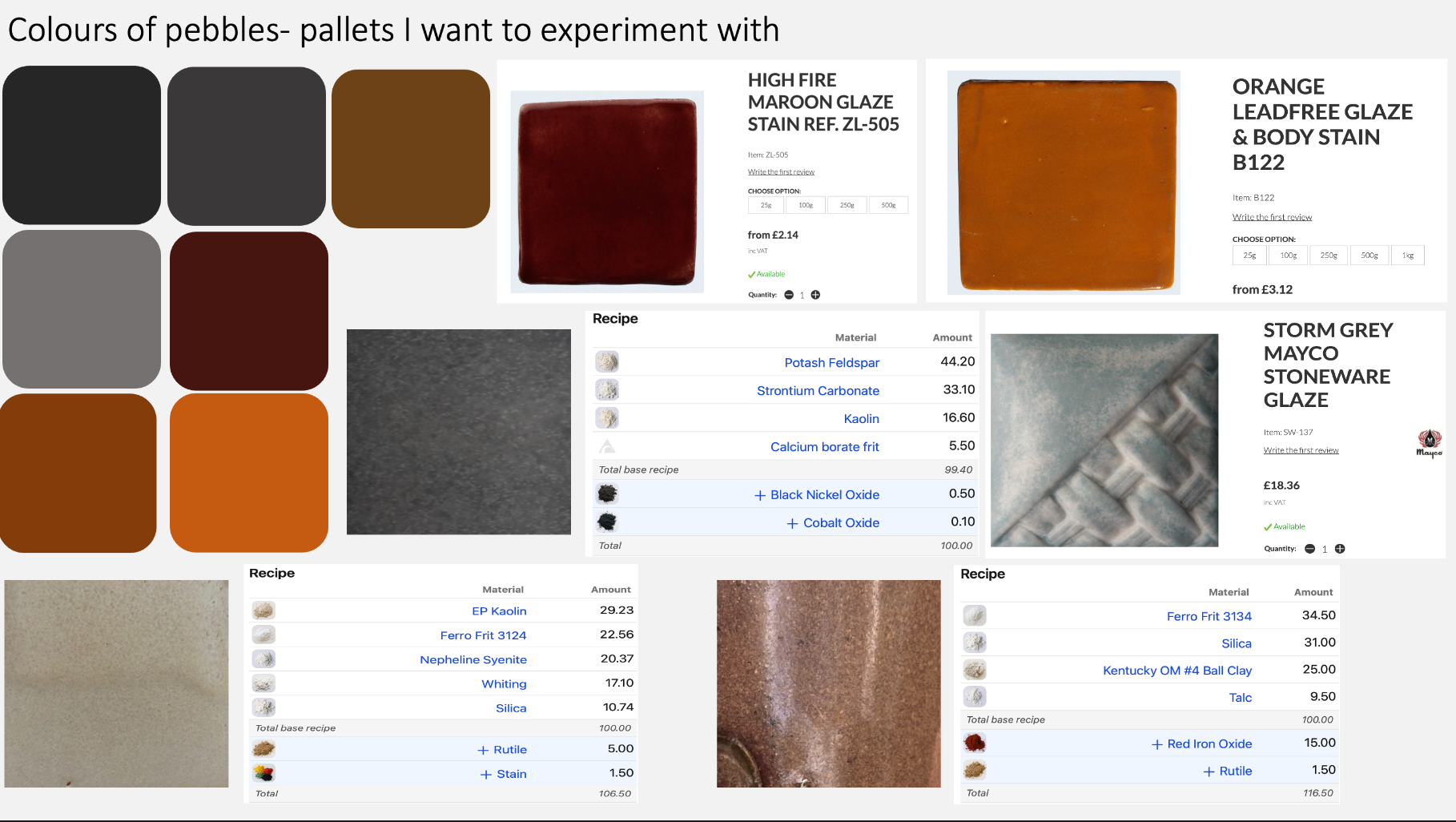
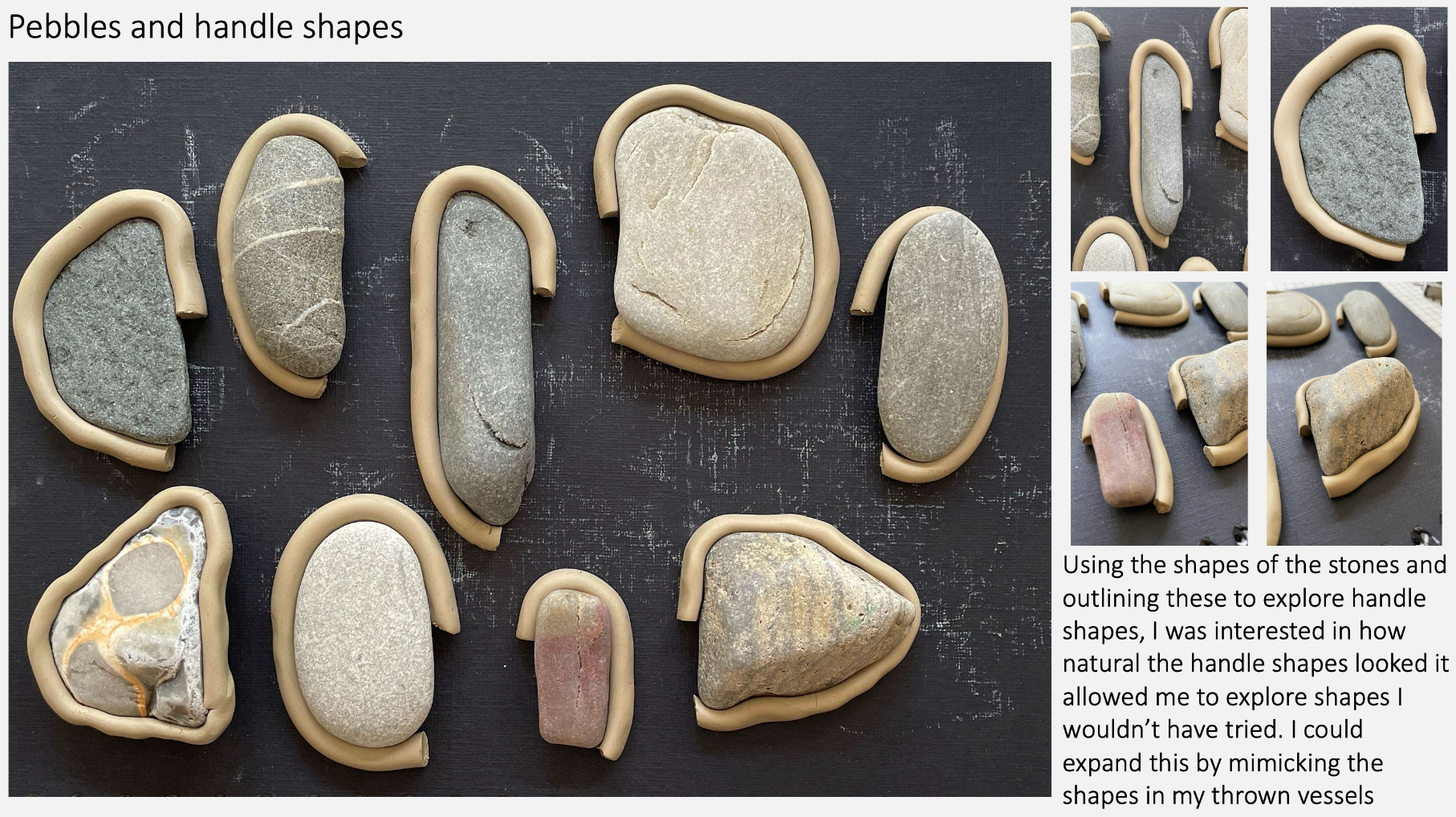
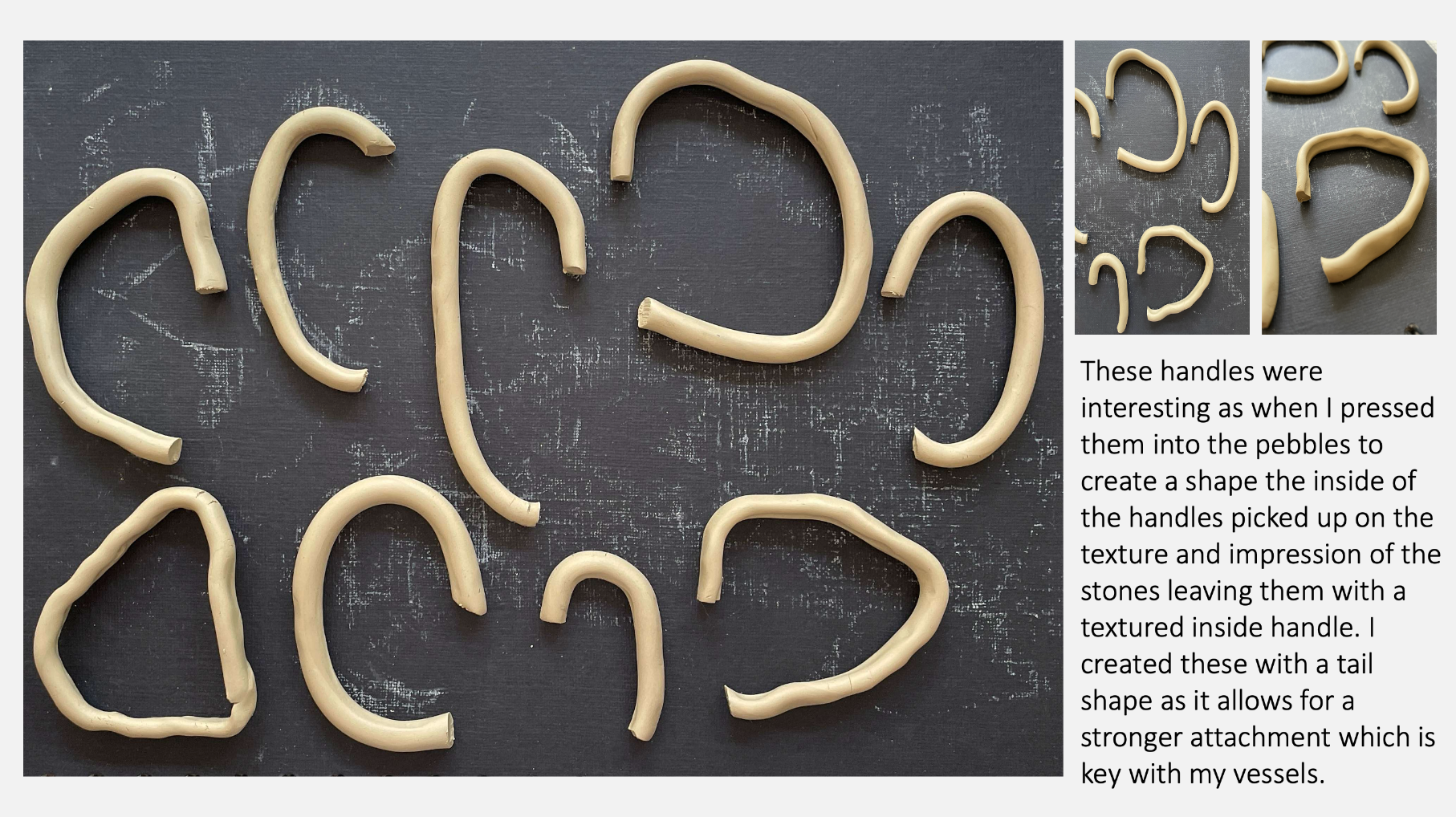
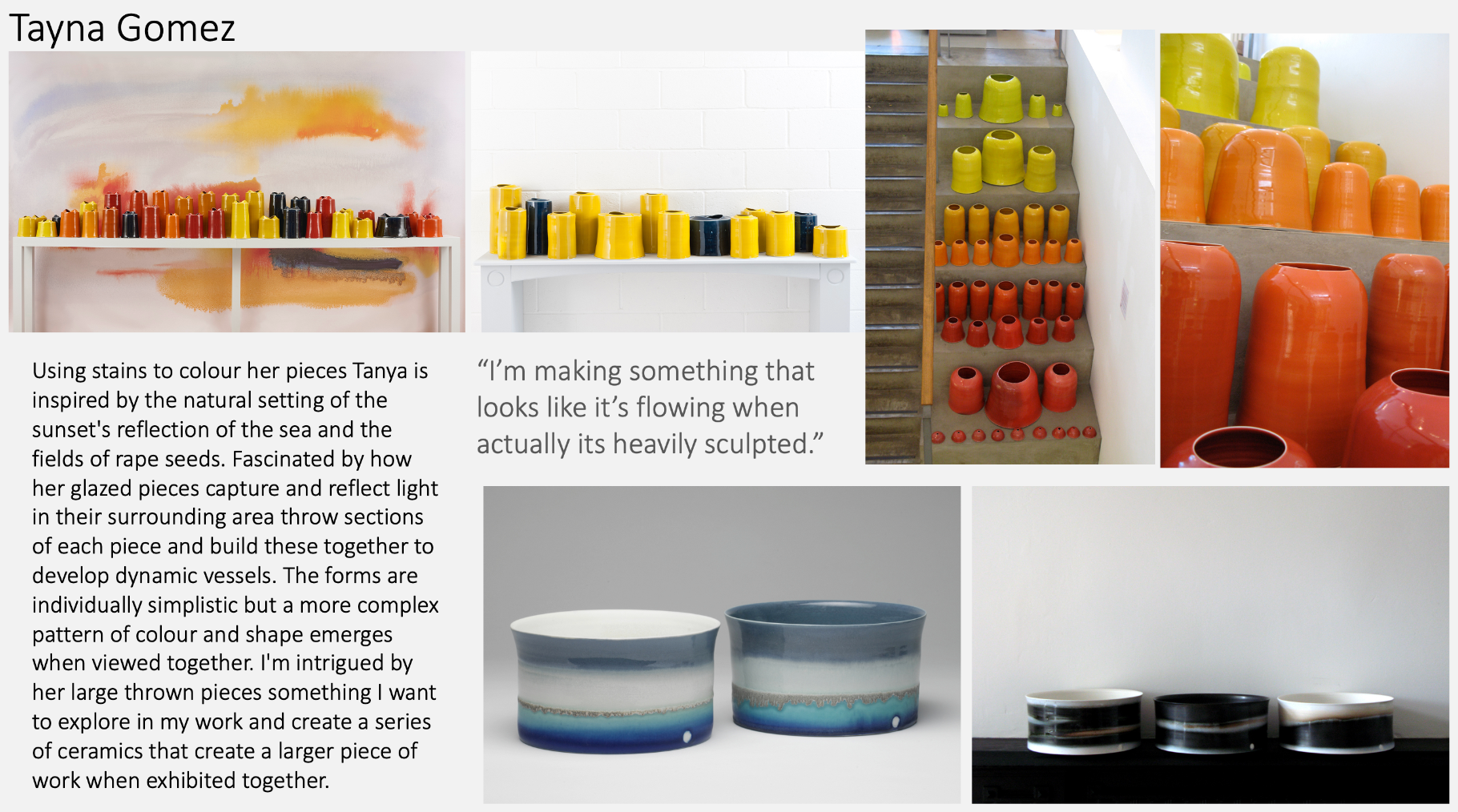

Feedback
-Continue more in the spontaneous elements of making, making methodology is good for creating idea generation, continue the fun, playful drawings
-Don't forget about the functionality of your pieces having them ascetic but also functional is key
-Scans of pebbles are your strongest element try to expand on this and explore
Brighton Beach
I constantly use the beach to help me find my tranquillity, watching the waves roll in, drawing back the pebbles, the crashing seawater spraying the shore. family and friends meeting, taking in the views and sun on their walks.
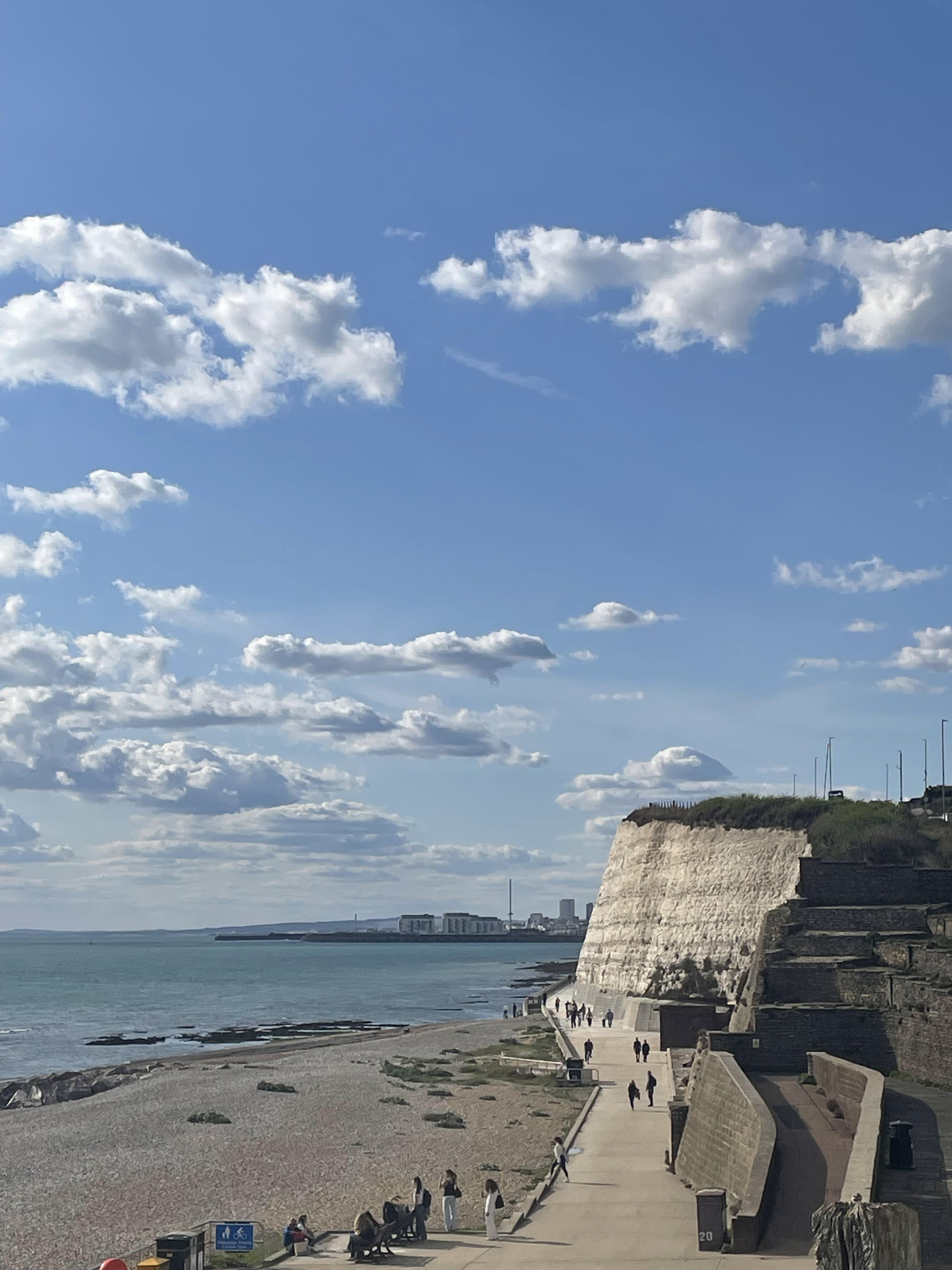
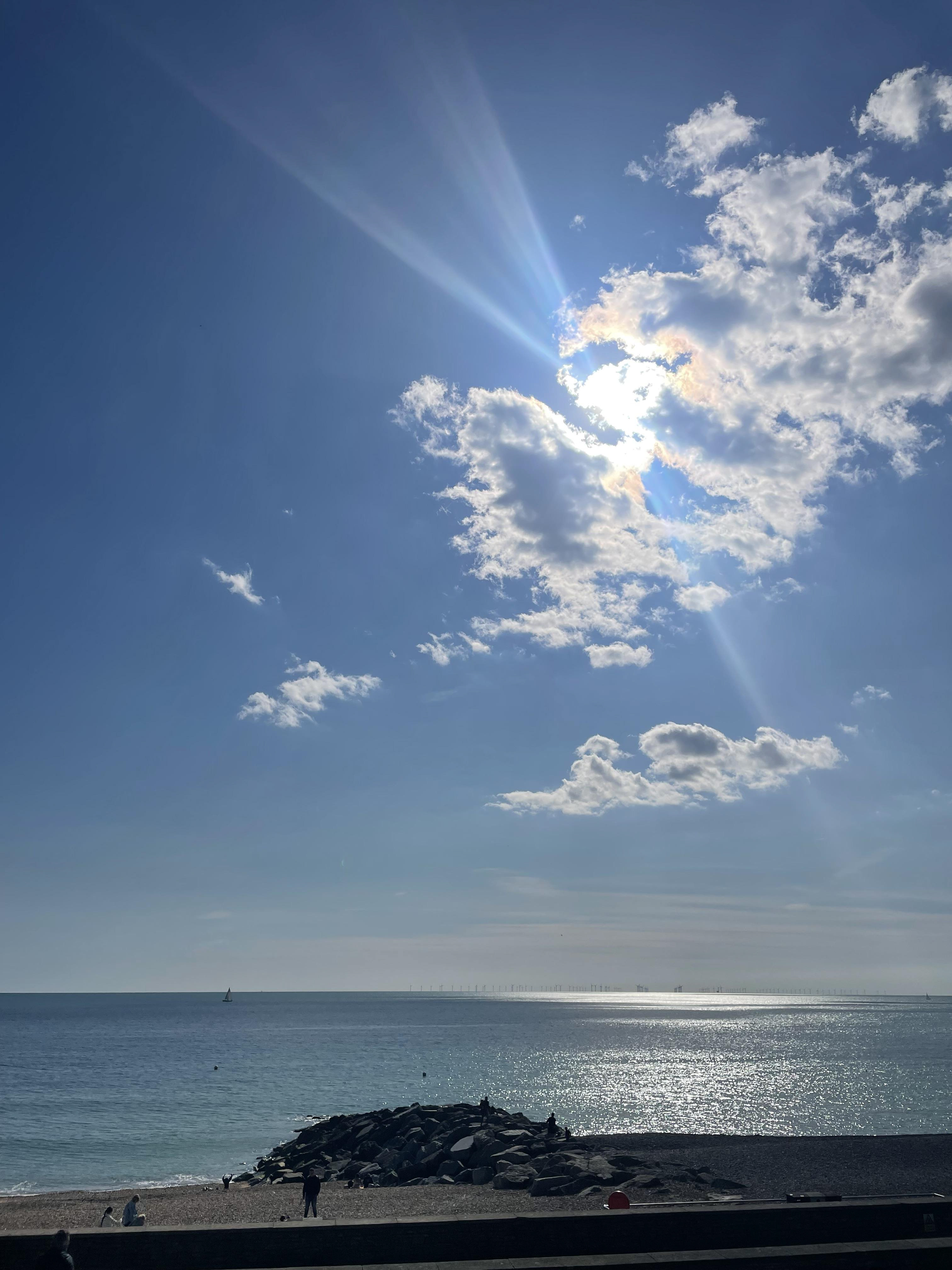
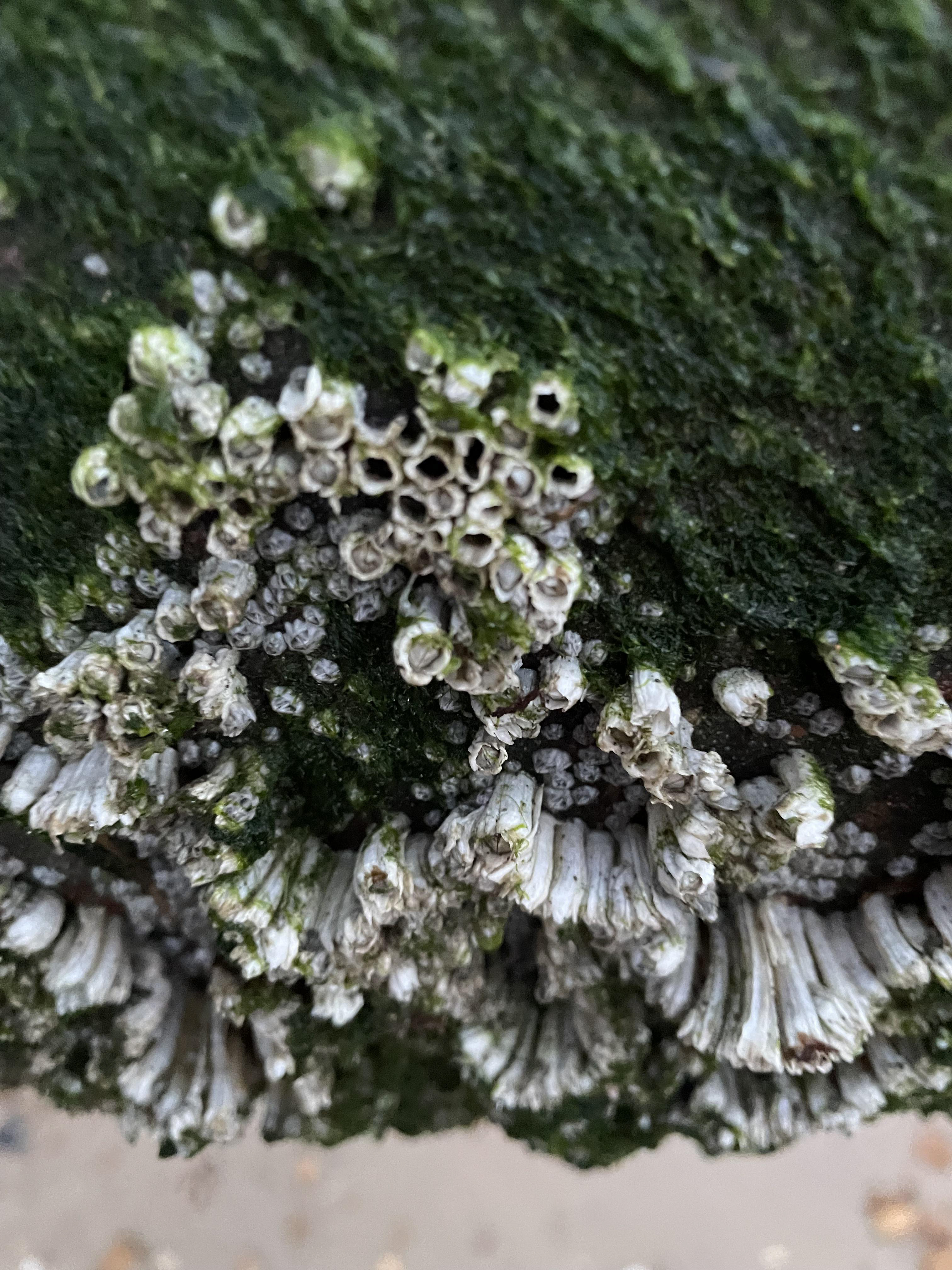


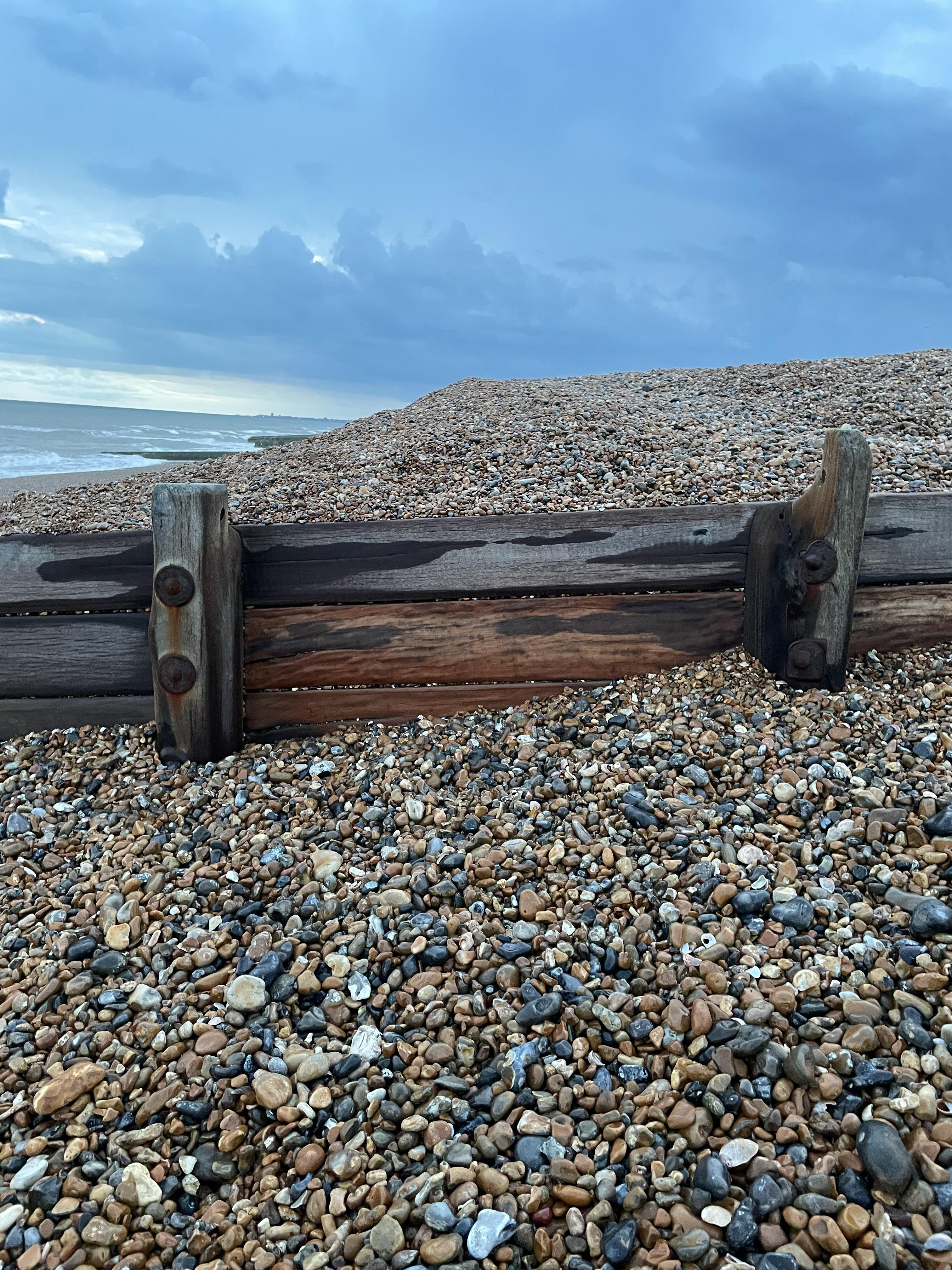


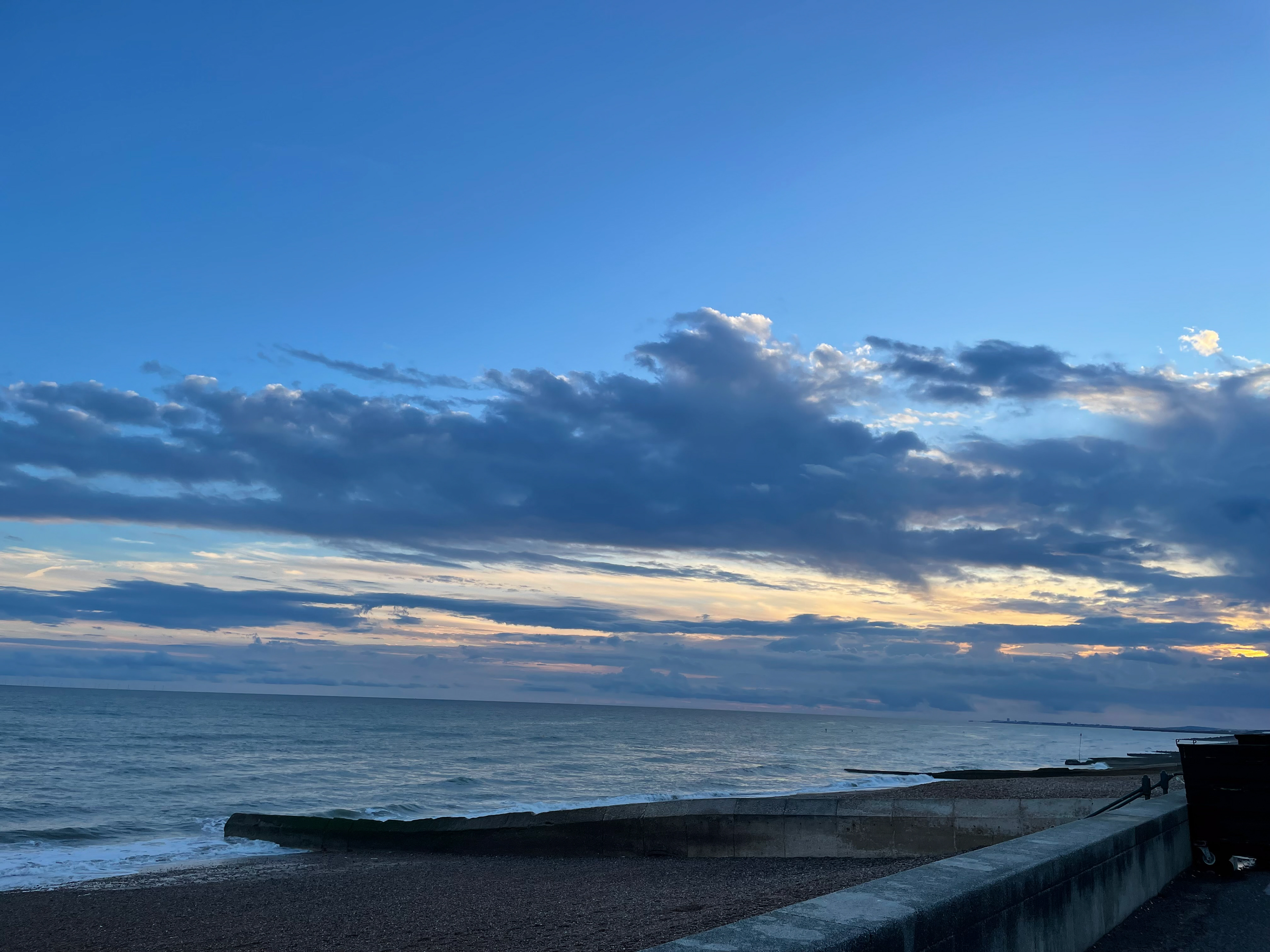
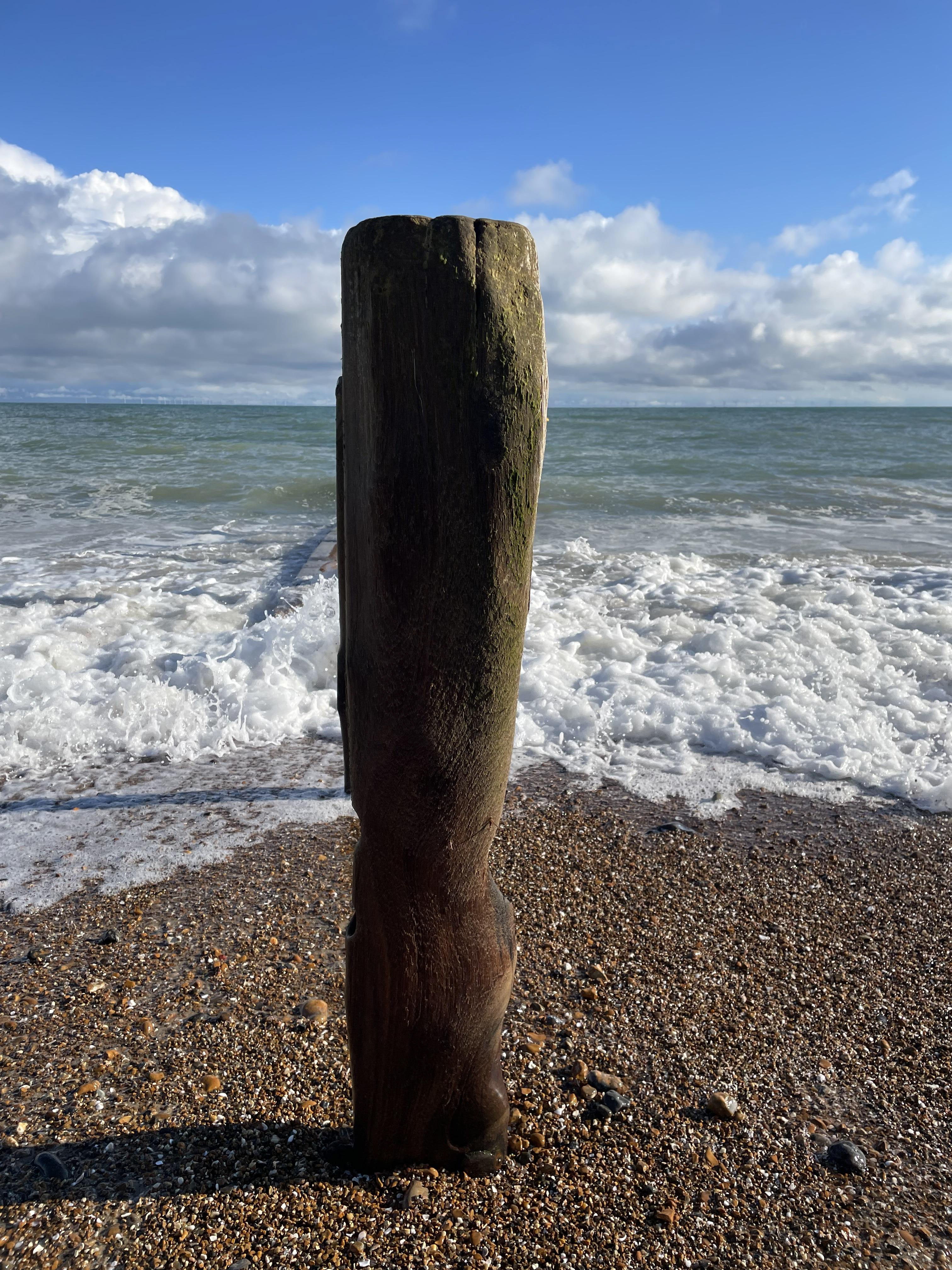
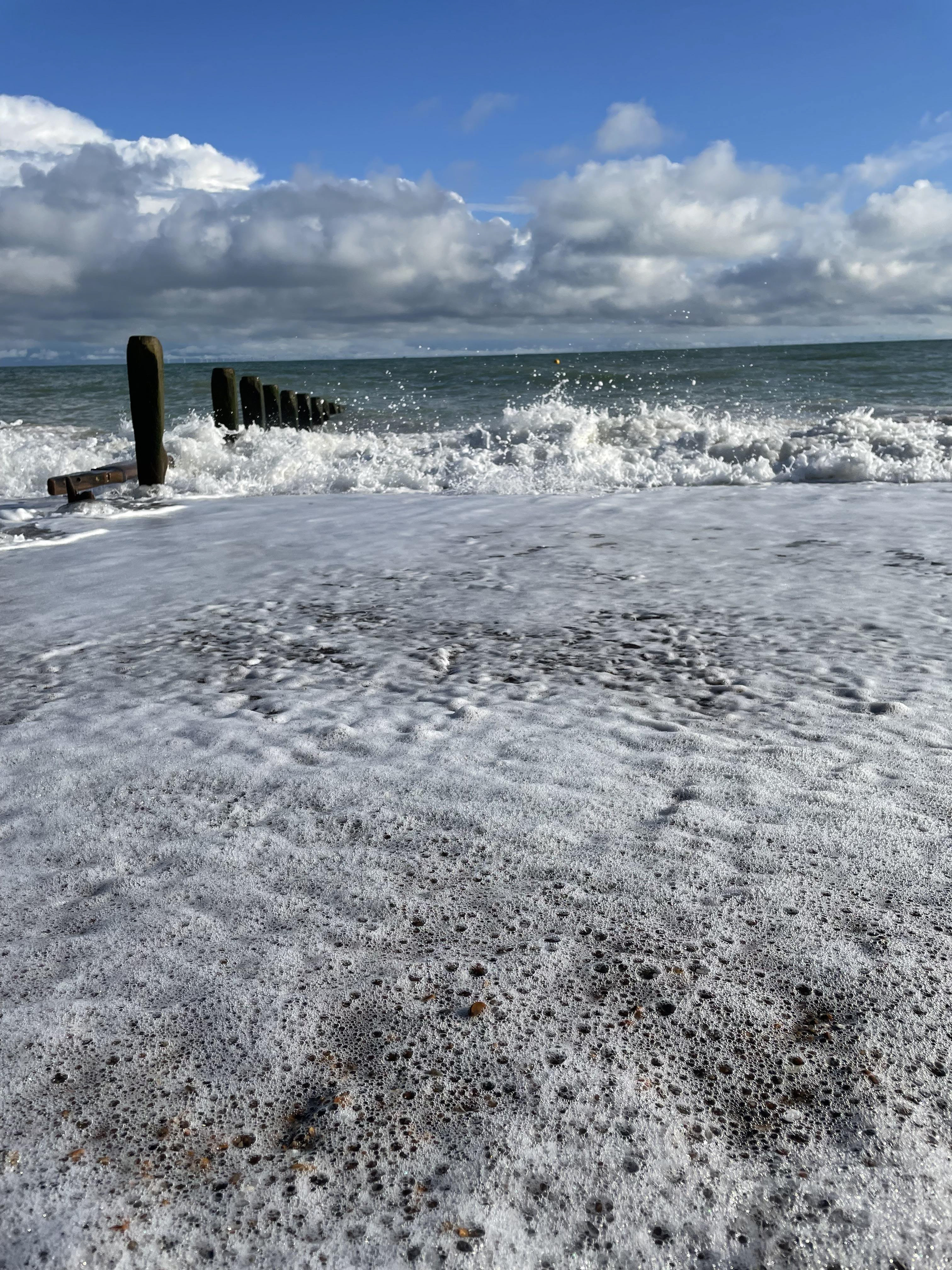



My connection to Brighton Beach combines these emotional and physical aspects, making it a special place for reflection, relaxation, and creativity. I have fond memories from childhood and recent experiences from growing up by the beach. These memories evoke strong emotions and a sense of nostalgia. The rhythmic sound of waves and the vast expanse of the sea can be incredibly calming. This serene environment offers a mental escape from the stresses of everyday life. The natural beauty and ever-changing landscape of the beach are a powerful source of inspiration. The beach engages all your senses—the sound of waves, the feel of pebbles between your toes, the salty breeze, and the sight of the endless horizon. These sensory experiences can be deeply satisfying and grounding.
Initial Drawings
I've taken big inspiration from the beach in my home town of Brighton, moving to the Manchester city centre, I've found it hard to be able to recenter and find my place. The fast-paced, bustling city is not what I'm used to as my home. I often use the sea to take time and rejuvenate, taking comfort in the shoreline and nature. When in the city, I find it hard to find time to stop and take in the city, finding nature is limited, and I constantly try to find nature to allow me to find my peace. Whilst in the city, I have found that others are like this. I'm constantly watching people become disorientated in the urban hustle. I aim to foster mental engagement and mindfulness for myself and the community. Through my ceramics, I seek to evoke the essence of Brighton Beach, transporting its calming influence into the heart of Manchester. My goal is to create opportunities for the public to slow down, appreciate their surroundings, and reconnect with themselves before returning to the city's rhythm.
Scans of Pebbles
I wanted to explore different media's using pebbles. I experimented by scanning each pebble, resulting in long scans. This was fascinating because it revealed the layers within the pebbles, similar to sedimentary rocks. The scans also highlighted the hidden colours in the stones, showcasing the various hues. These layered scans reminded me of the marbling in my clay work, where different colours blend to create similar layers.
Pascale Girardin: Obscuro
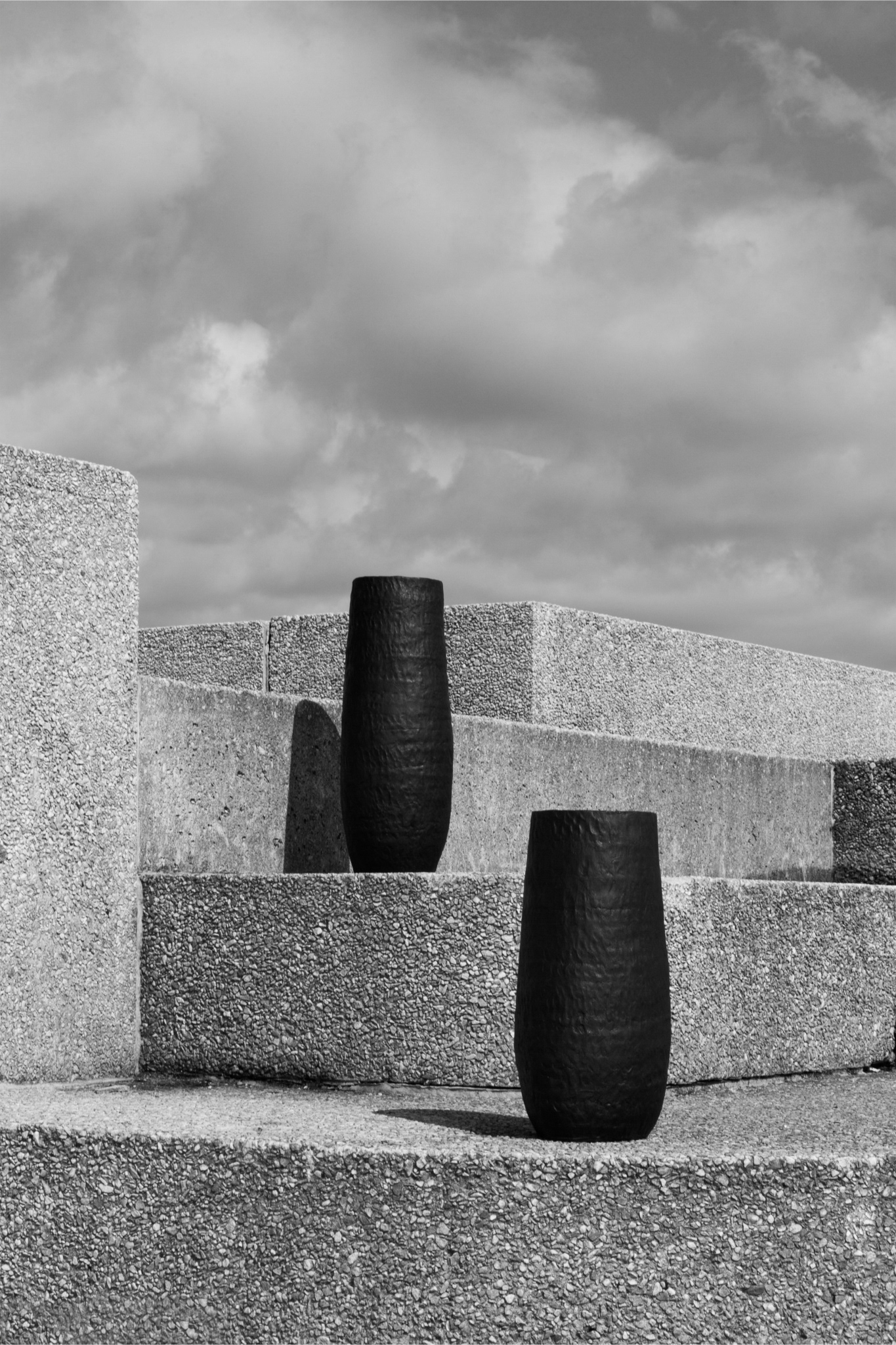
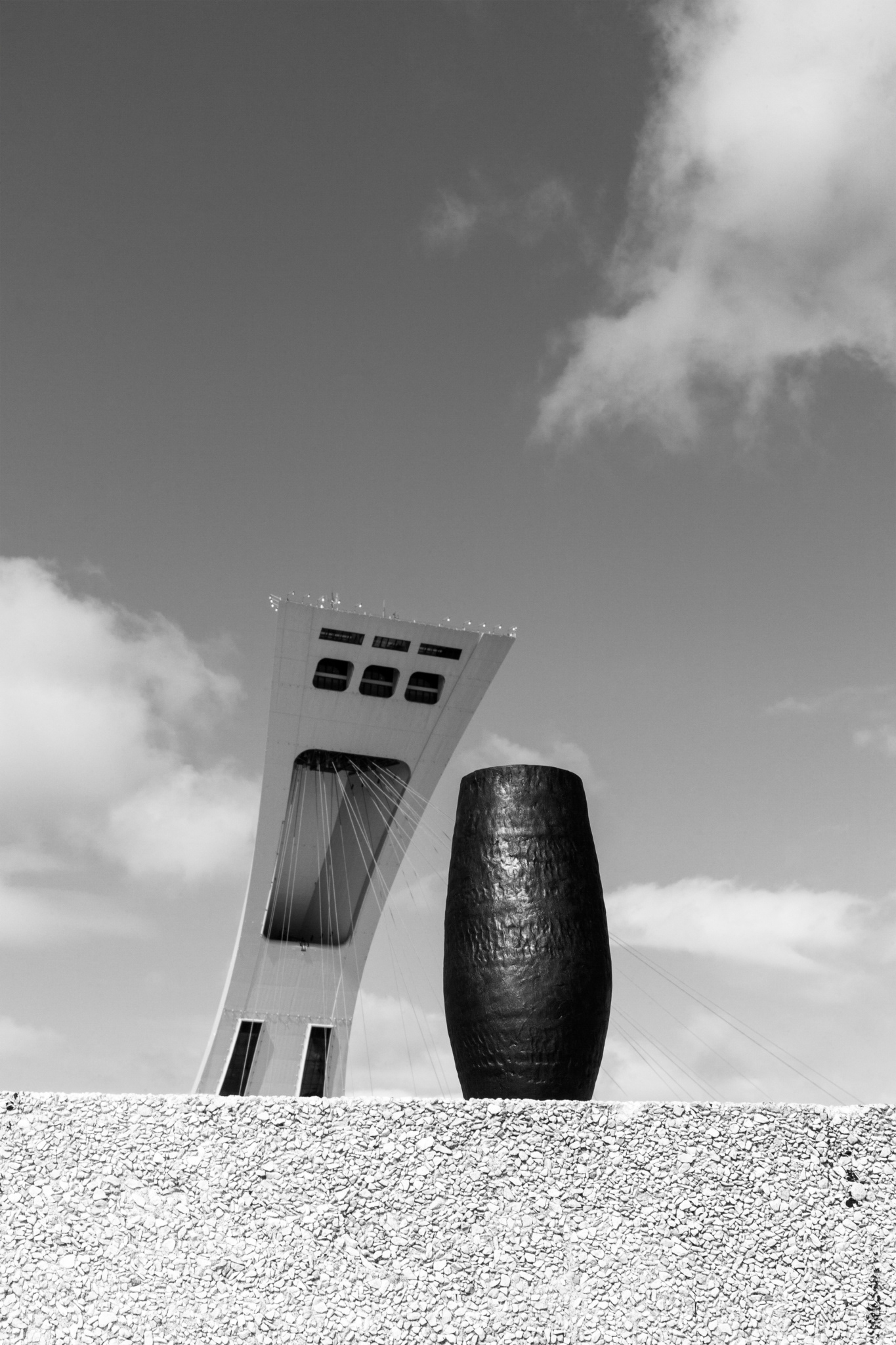
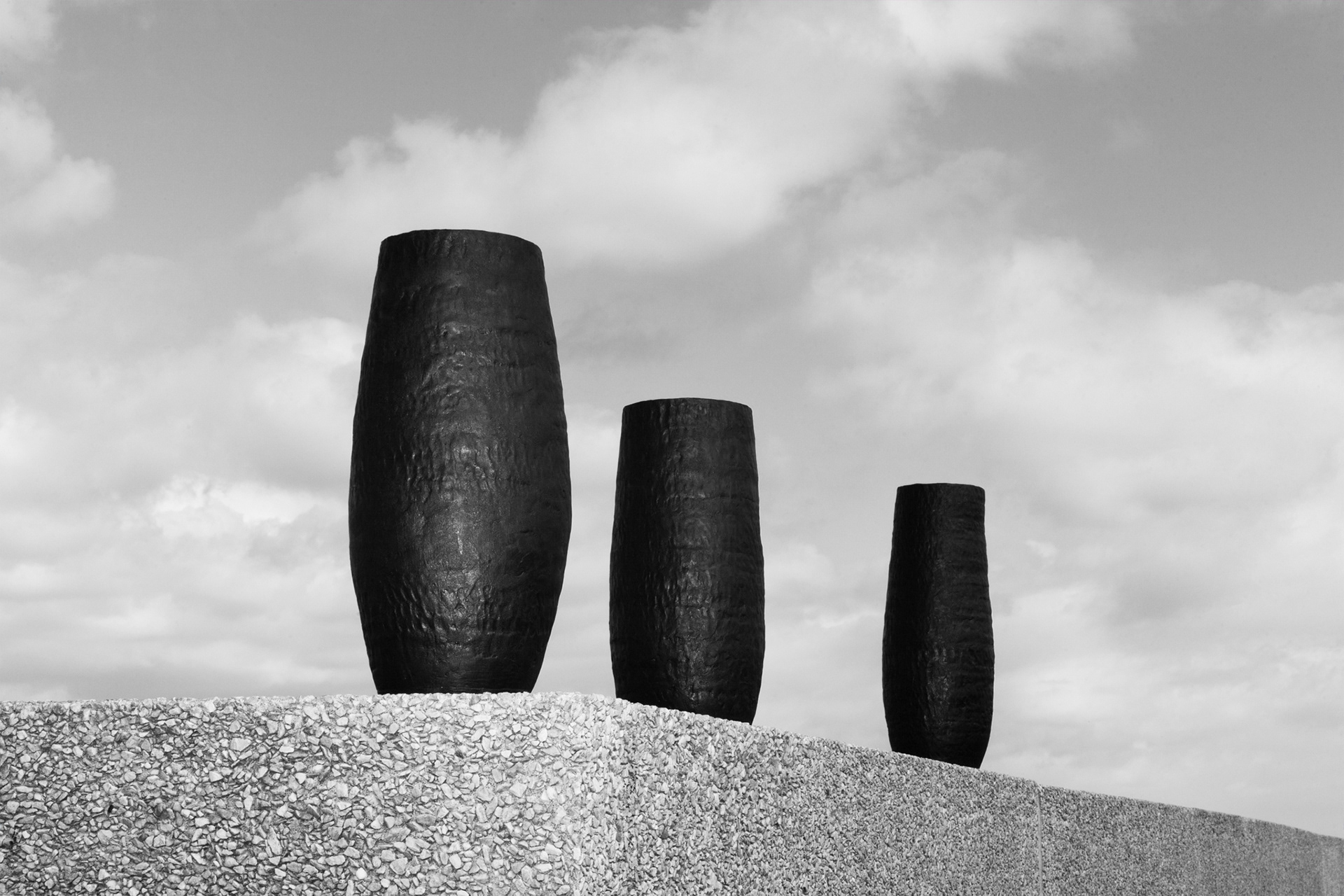
ObscuroBV07 Large vase designed and produced by Canadian artist Pascale Girardin. The handprints sculptured in the body are outstanding on this series of large-scale stoneware vases. Pinching and coiling techniques that achieve the large vessels, then finishing with a glazed stoneware. The black colour is intended to adapt to any place where it is placed and enhances the beauty of the room. This collection is famous for its unique structure and quality. I'm inspired by Pascale Girardin and the large natural structures emphasising their size; his vessels create a focal point anywhere they are placed
Tanya Gomez

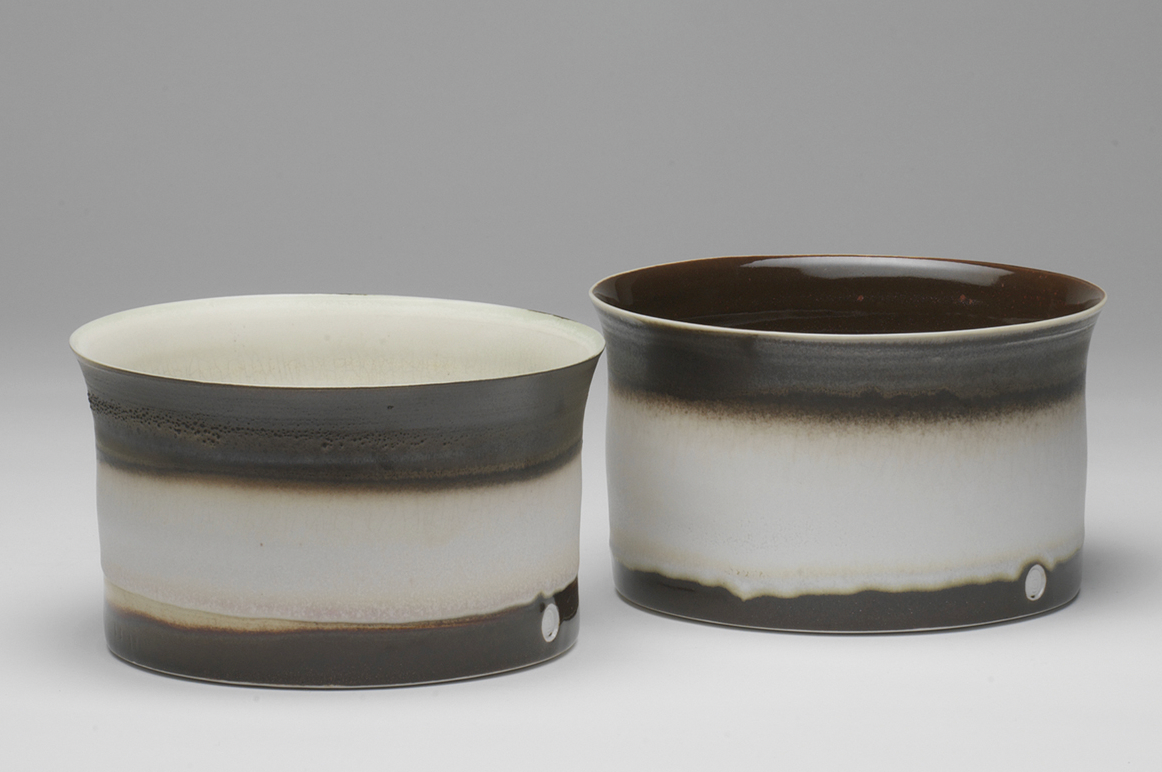
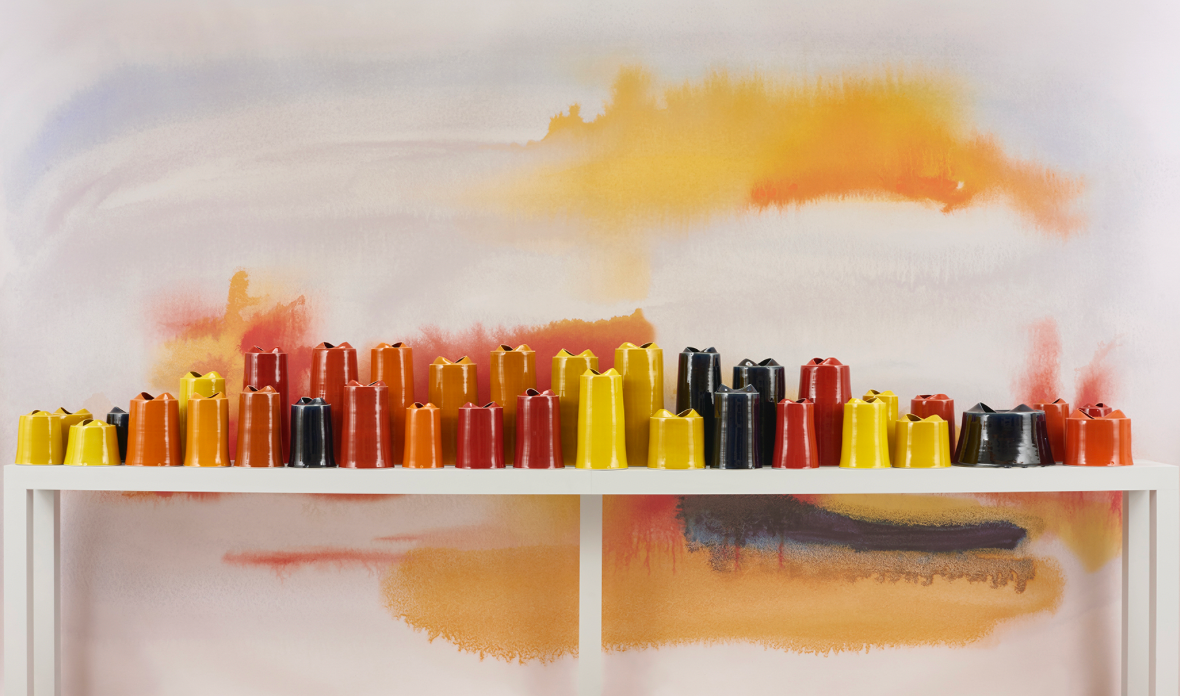
Using stains to colour her pieces, Tanya is inspired by the natural setting of the sunset's reflection of the sea and the fields of rape seeds. Fascinated by how her glazed pieces capture and reflect light in their surrounding area, thrown sections of each piece and build these together to develop dynamic vessels. The forms are individually simplistic, but a more complex pattern of colour and shape emerges when viewed together. I'm intrigued by her large thrown pieces, something I want to explore in my work and create a series of ceramics that create a larger piece of work when exhibited together.
Interview With Tanya Gomez
What types of clay and glazes do you favour for your large ceramics, and how do they influence the final aesthetic?
All individual pieces are exhibited as a collective. How do you hope your audience interacts with your work?
What types of clay and glazes do you favour for your large ceramics, and how do they influence the final aesthetic?
What unique challenges do you encounter when working on large pieces, and how do you overcome them?
How does the scale of your ceramics impact the message or emotion you wish to convey in your work?
Are there any new themes or projects you are excited to explore in your upcoming works?
Any tips on throwing larger?
Advice for me as a student?
Do you ever collaborate with your work?
YouTube Tanya Gomez throwing pieces
notes taken from her video of how to throw- https://www.youtube.com/watch?v=XepdULznBYs
After having my call with Tanya, I want to get to the workshops as soon as possible. She got me excited about making it. I was just a little bit lost within my creation, not having a goal of what I wanted to achieve, I found it hard to make. However, after my call, I realised I needed to experiment and play with my ceramics, and this creative flow would impact the rest of my making.
I want to try making with the techniques Tanya uses, as I'm not confident enough to go through one big vessel, throw parts, and then stack them.
Brighton Beach
A pebble is a small, rounded stone that has been smoothed and shaped by the natural processes of weathering and erosion. Pebbles are typically found on beaches, riverbeds, and other areas where water can polish the stones over time. They are usually between 4mm and 64mm in diameter. Pebbles can be composed of various types of rock, including flint, granite, basalt, and limestone, depending on the geological composition of the area they are found in.
For a sandy beach, you need a good source of rocks that can be broken down into sand by erosion. Brighton does not have a good source of rocks that can be broken down into sand by erosion. Much of the coast of South-East England is Chalk. Chalk does not break down into sand, the soft limestone crumbles and either makes a limey mud or dissolves. The pebbles on Brighton beach are made from flint (a hard grey rock) deposited in the chalk cliffs adjacent to Brighton. Through natural erosion, the flints are released from the cliffs and slowly make their way through the natural process to Brighton where the groynes are in place to “capture” the pebbles. The groynes mean that the pebbles collect on the shores, so instead of limey mud, the pebbles are typically well-rounded due to the constant tumbling by waves, giving them a smooth texture
https://www.countrylife.co.uk/articles/identify-pebbles-find-britains-beaches-183610
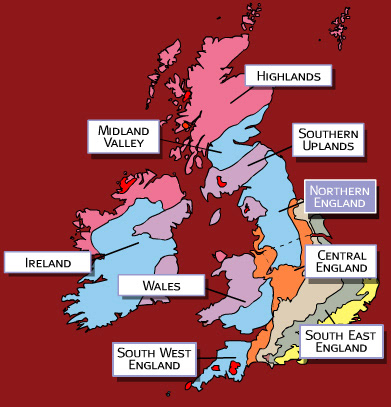
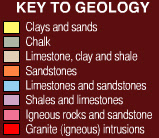

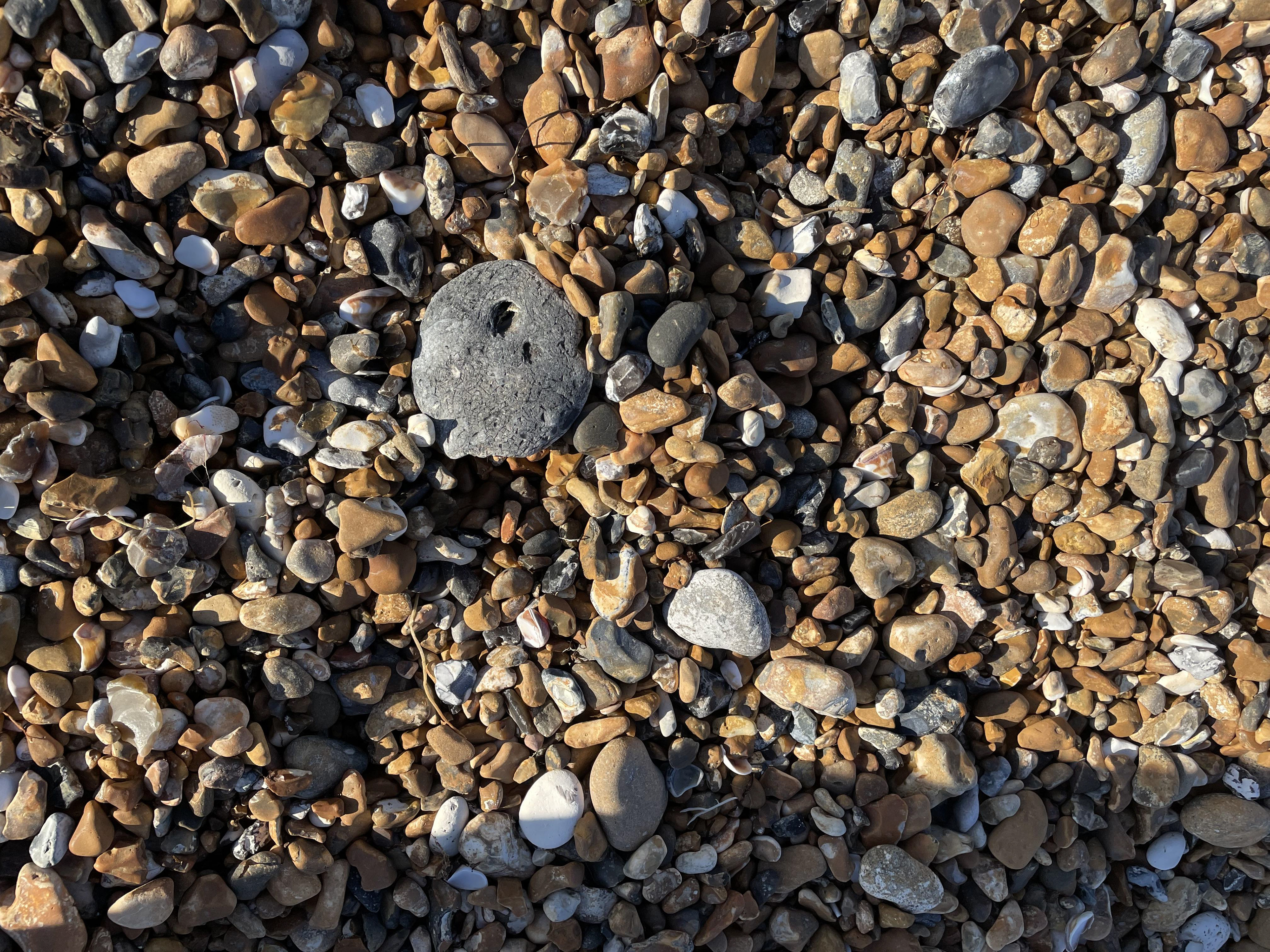

Oxide Research
Colouring clay with oxides is a fascinating process that involves mixing metal oxides into clay to create various hues and effects. Metal oxides, such as iron oxide, copper oxide, and cobalt oxide, are commonly used due to their ability to produce vibrant and diverse colours when fired in a kiln. For instance, iron oxide can produce shades of red, brown, and even black, while copper oxide can yield green or turquoise tones, and cobalt oxide is known for creating rich blues. The process requires careful measurement and thorough mixing to ensure an even distribution of colour throughout the clay body. The results can vary depending on the type of clay used and the firing conditions, such as temperature and atmosphere, which can influence the final colour and texture. Using oxides allows me to achieve unique and intricate designs, enhancing the visual appeal and individuality of my work

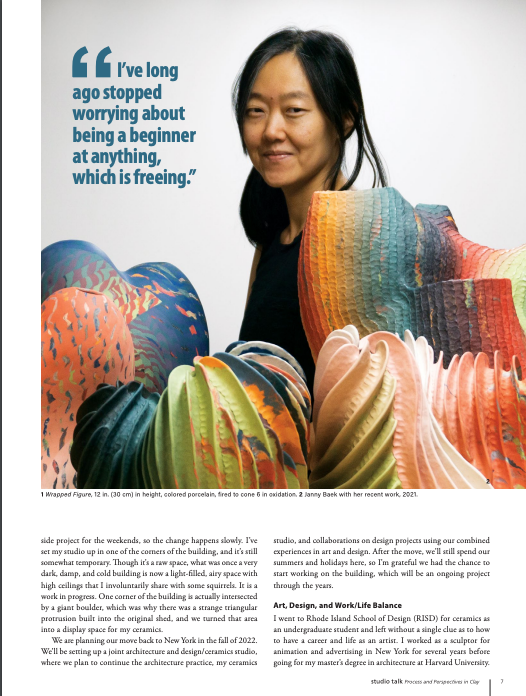
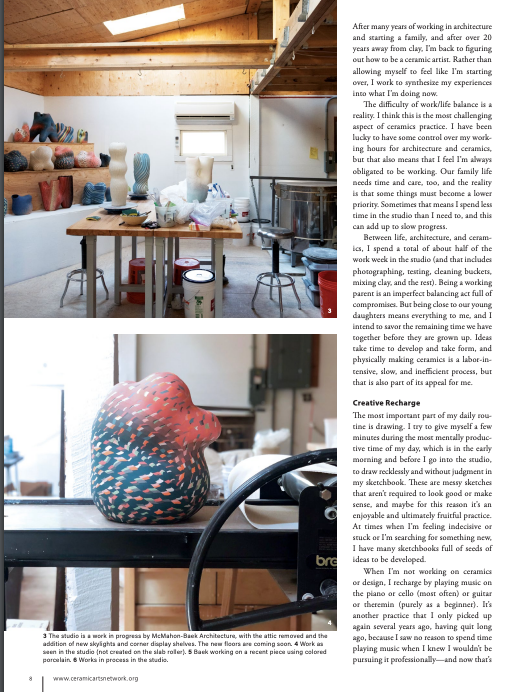

For browns and reds, iron oxide is typically used; a lower concentration of about 2-5% can yield browns, while a higher concentration (5-10%) will produce reds. For black, manganese dioxide is effective, usually in the range of 5-10%. To achieve grey, you can mix cobalt oxide with a small amount of iron oxide to tone down the blue hues, generally starting with around 1-2% of cobalt and adjusting the iron oxide to achieve the desired grey shade. The precise colour outcome will also depend on the firing temperature and atmosphere, as these can influence the final hue and intensity. Experimentation and testing small batches are key to finding the perfect balance for my desired colours.

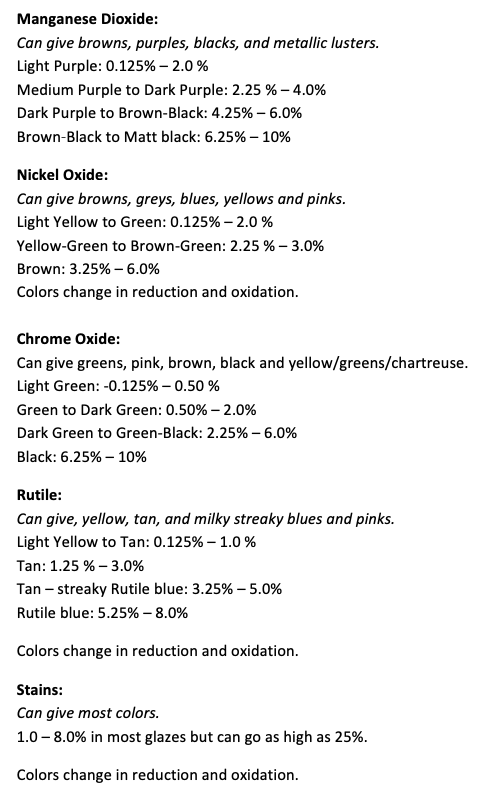
Colour Clay With Oxides
As I didn't know how to create black-coloured clay with oxides, I decided to see what oxides were used in blay glaze, hoping that these would give me black-coloured clay. I then tested various amounts of oxides to see which combination worked best. I think this technique would be good to take forward into synthesis and resolution to give me the bold colours I want to achieve.
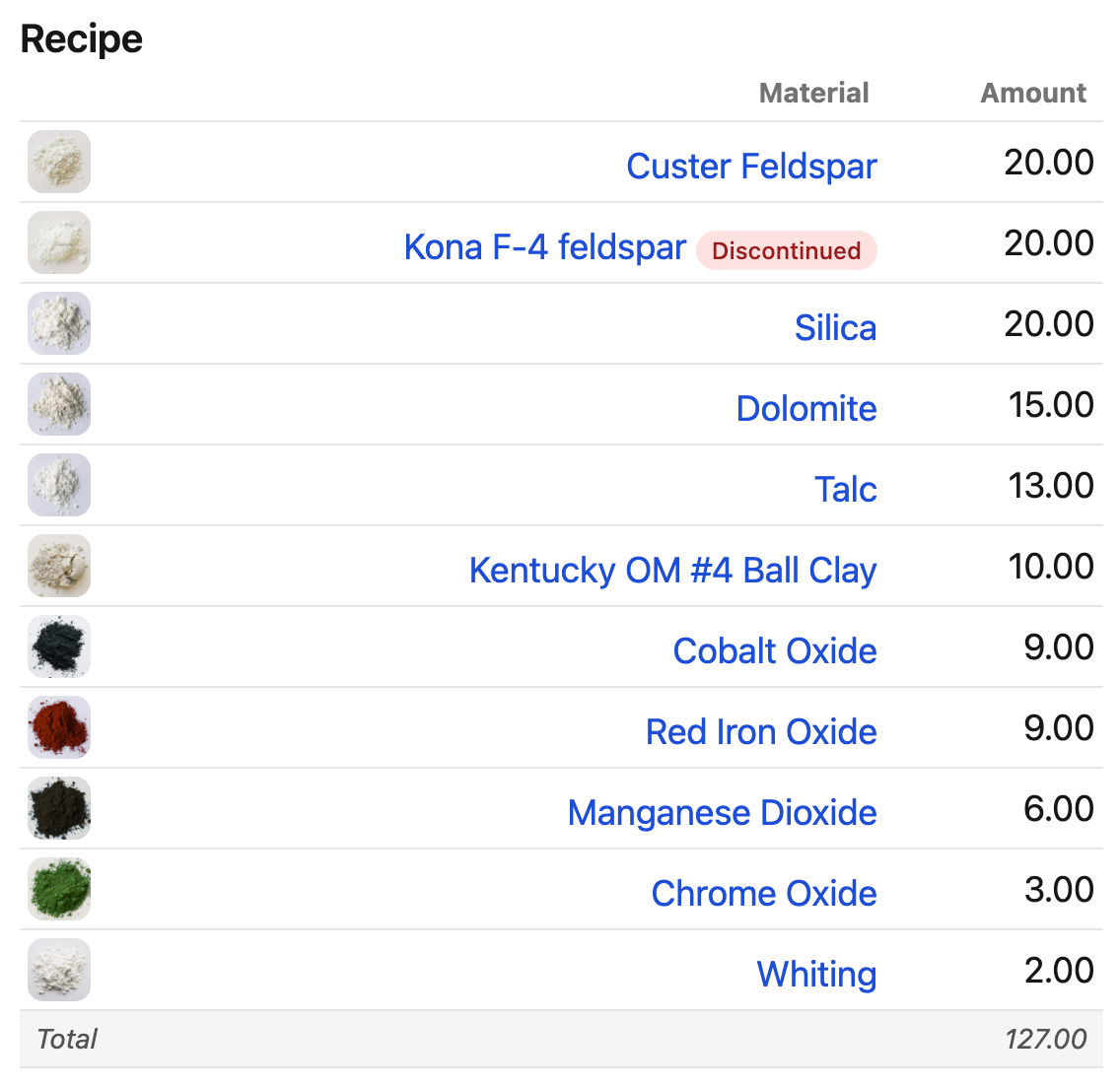
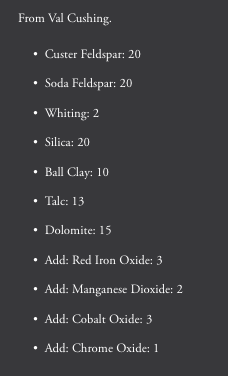
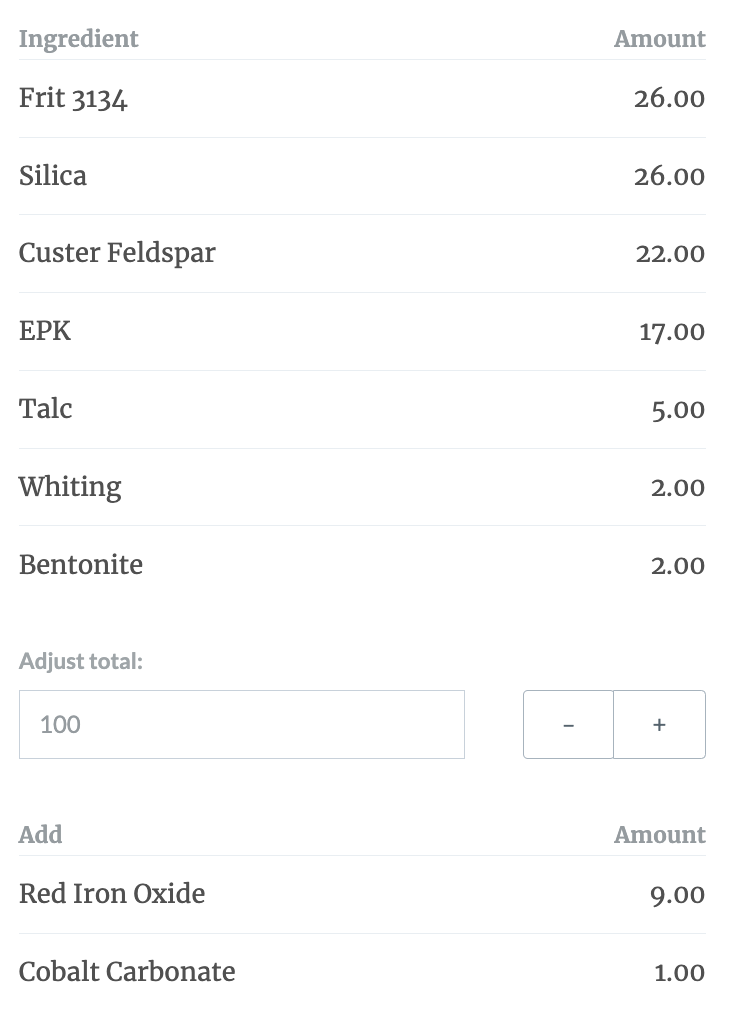

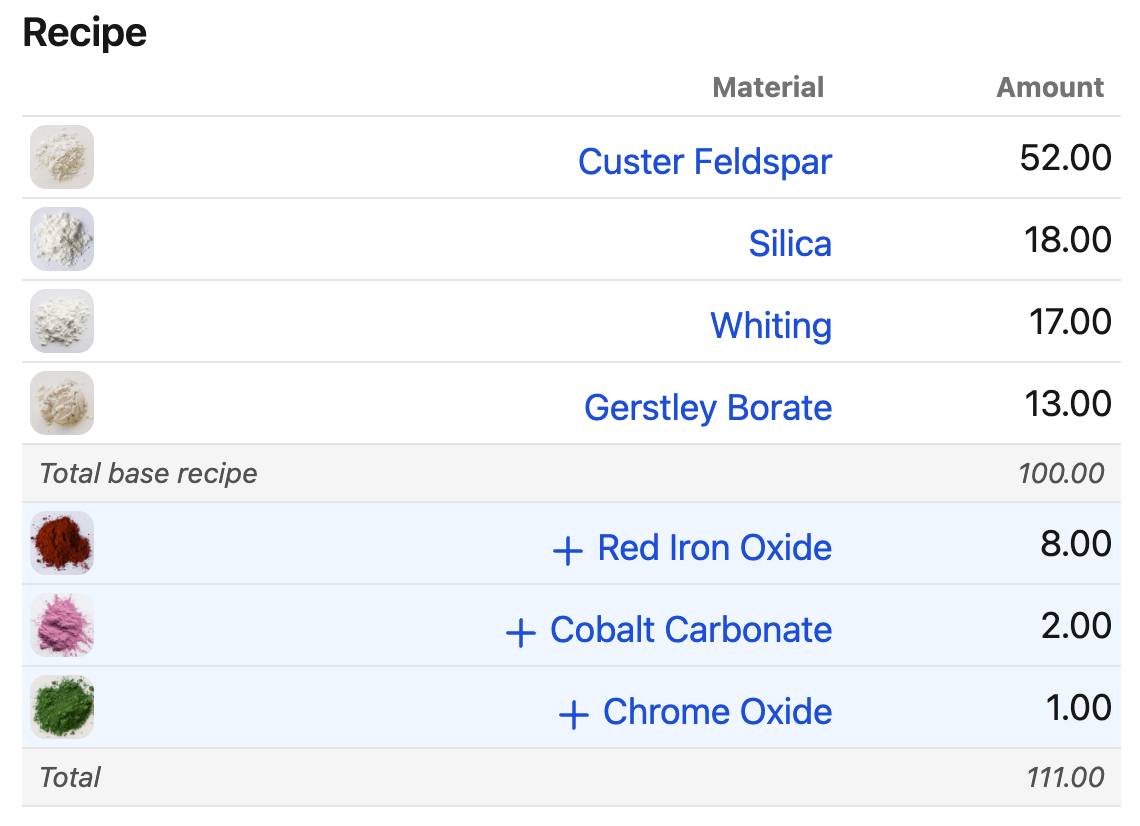
Initial Drawings and Ideas
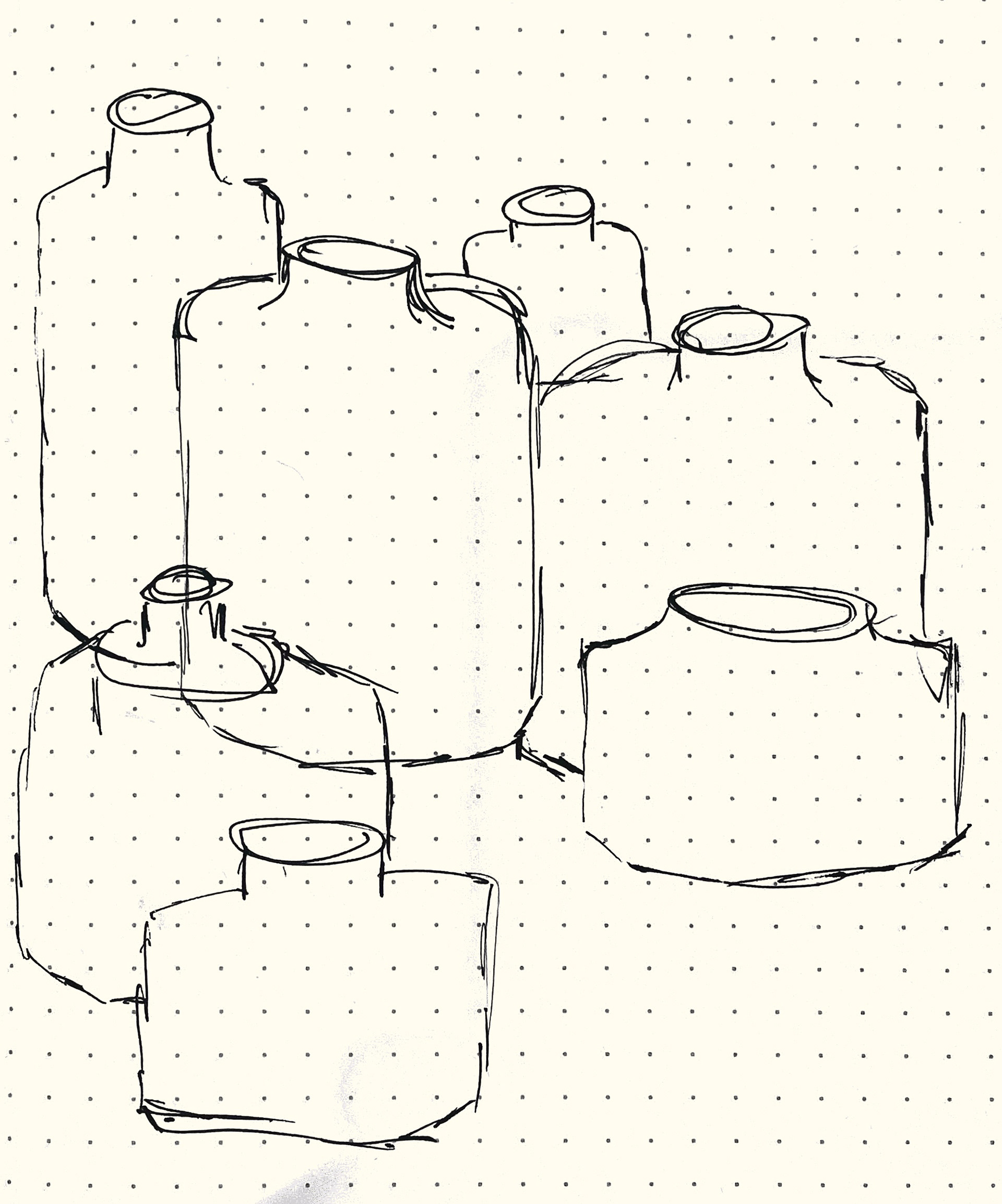

Formative Review With Geoff

Manchester An Urban City
The rapid industrial growth of Manchester transformed the city into a bustling hub of factories and warehouses, often at the expense of green spaces. The resulting environment was marked by thick smoke and working-class housing with little room for nature. However, the establishment of the Committee for Public Walks, Gardens & Playgrounds in 1840 marked a significant shift. By 1846, the opening of Queen’s Park, Philips Park, and Peel Park heralded the beginning of the municipal park revolution, bringing much-needed green spaces to urban areas.

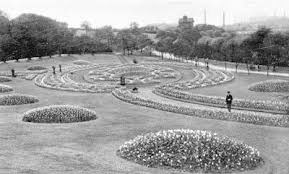


This historical context parallels my approach to ceramics. Just as the parks provided an oasis of calm and beauty in an industrial landscape, my ceramic work aims to introduce elements of natural beauty and tranquillity into everyday life. By experimenting with different forms, scales, and colours inspired by natural elements, I strive to create pieces that evoke a sense of serenity and connection to nature, much like the parks did for Manchester's residents. Each vessel, with its marbling and layered colours, reflects the hidden depths and beauty found in natural forms, bridging the gap between the industrial and the organic.
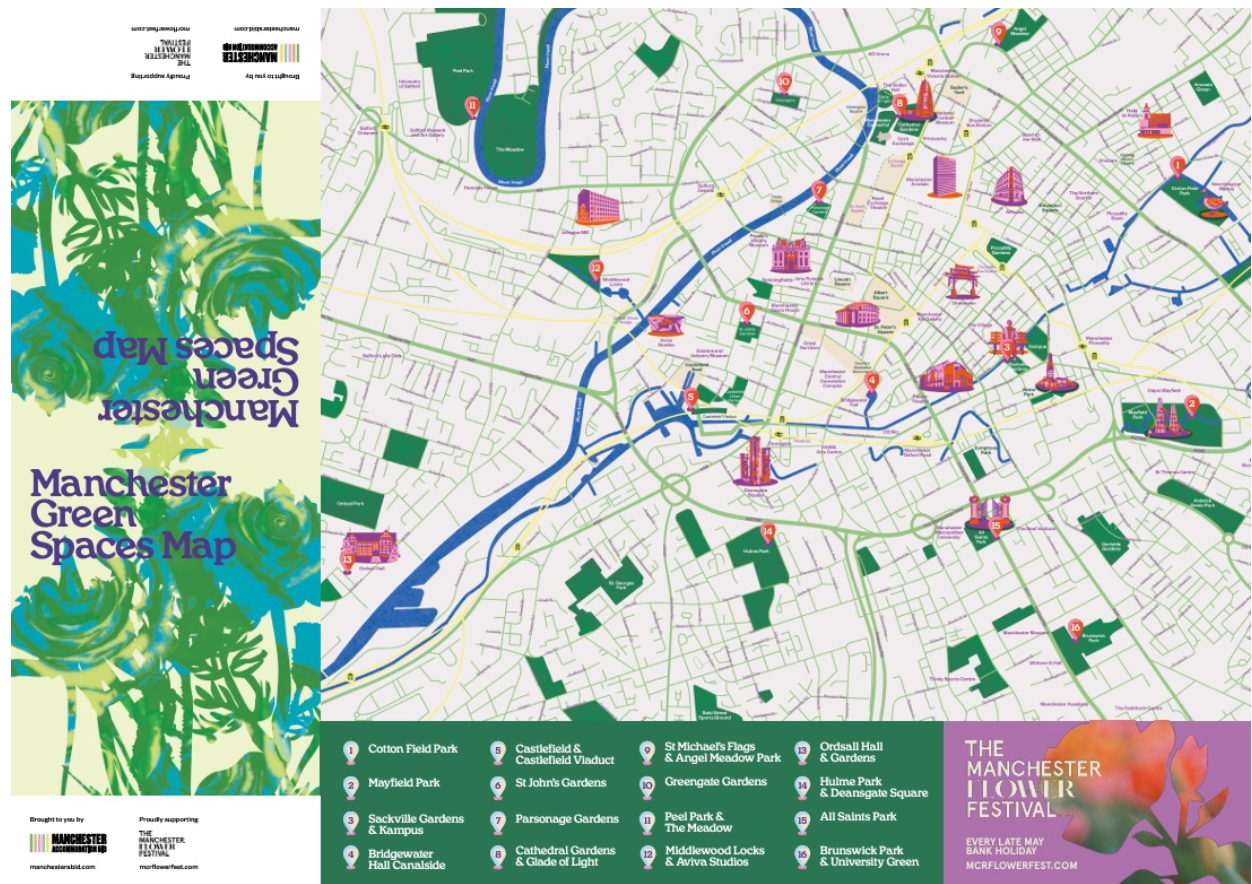
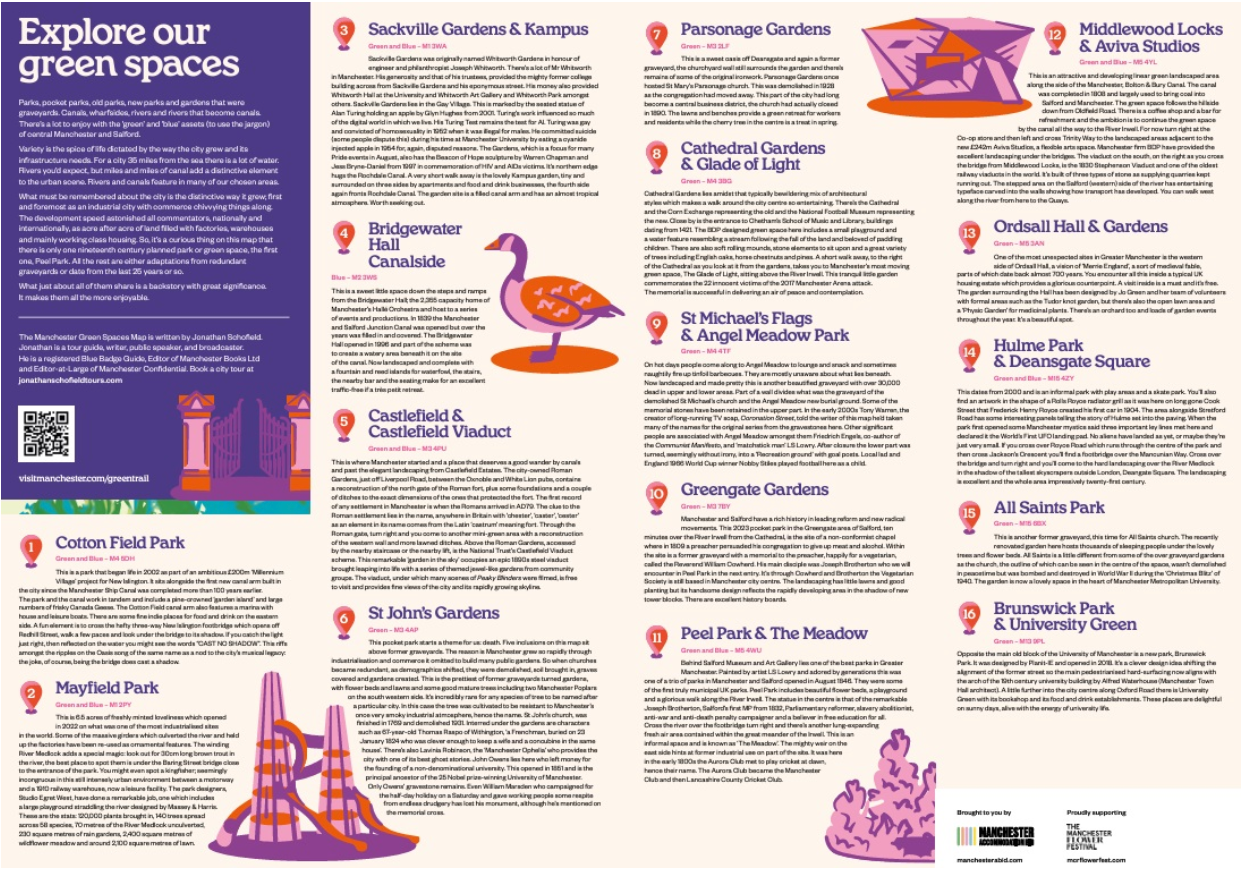
Tutorial With Mark
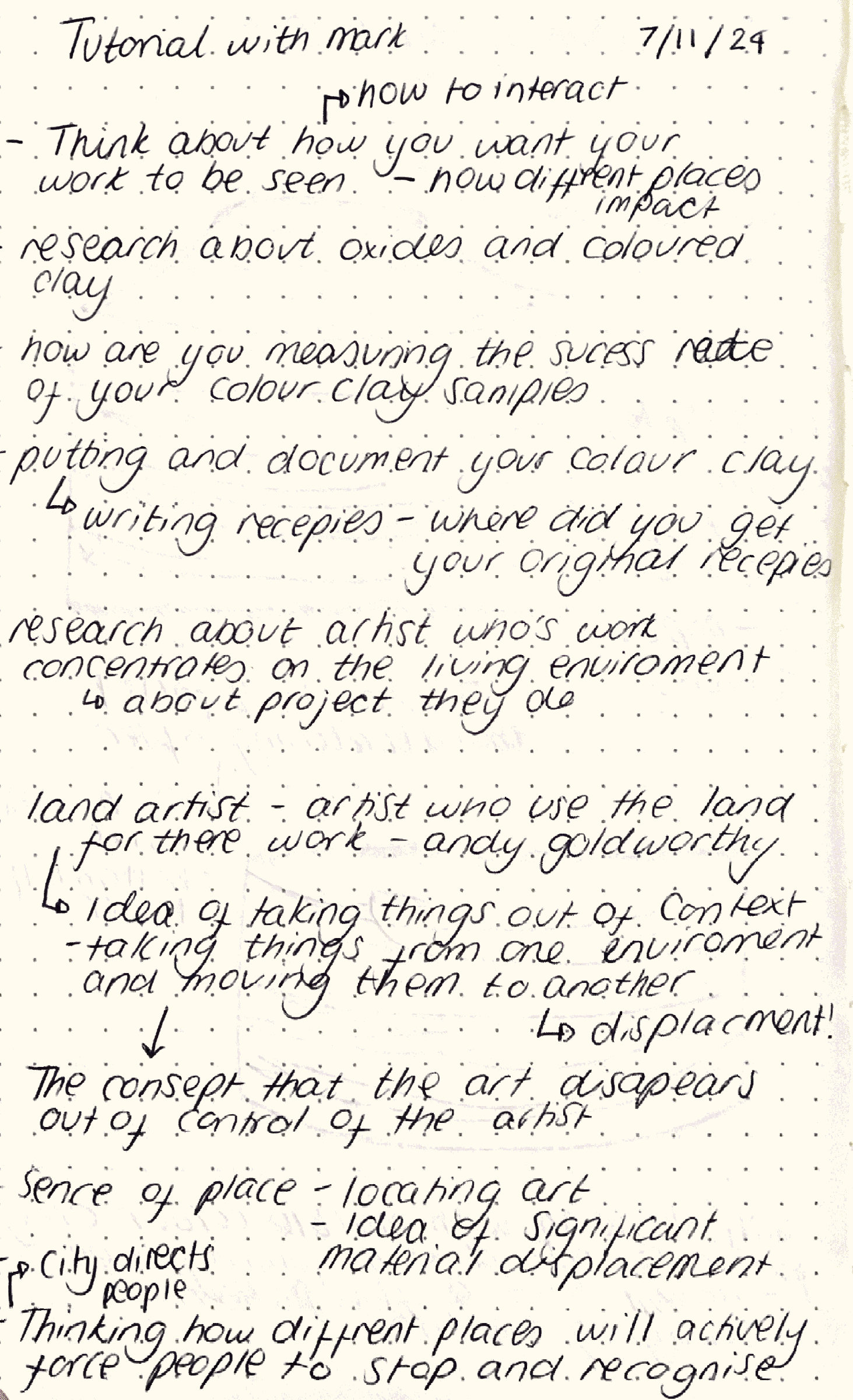
Land Art
Land Art is a practice or form of art production that utilises natural materials or sites the work outside in various settings to interact with nature in some way. Sometimes known also as environmental art or even earthworks, the movement of land art emerged in the 1960s and gained popularity and momentum throughout the following decade. Land art changed the definition of what an artwork could be, relating closely to conceptual art in that the planning and photo documentation of execution and final results could often be exhibited in a gallery context, even if the work itself was located elsewhere.
Although I don't think my work directly links to land art, I think it holds very similar concepts to my practice, being inspired by natural materials and translating these into ceramic pieces, setting them outside their natural setting and taking them into urban environments. I'm also inspired by many artists who follow the form of land art.
Andy Goldsworthy
Andy Goldsworthy is a British land art artist renowned for his site-specific installations and sculptures incorporating natural materials such as stones, leaves, ice, and wood. Born on July 26, 1956, in Cheshire, England, he is often associated with the Land Art movement. Goldsworthy’s work emphasises the transient beauty of nature, creating pieces that are often ephemeral and subject to natural decay.
He frequently uses organic, found materials. His art explores the relationship between humans and nature, often blending seamlessly into the environment. His work examines themes of impermanence, change, and the cycles of life and death. Since many of his creations are temporary, photography plays a crucial role in preserving and sharing his art.

Storm King Wall 1998
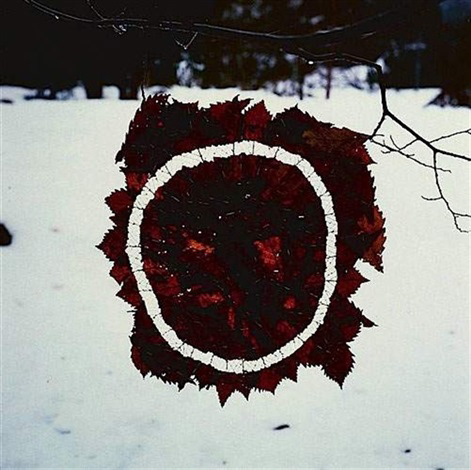
Leaves Torn Between The Veins 1987
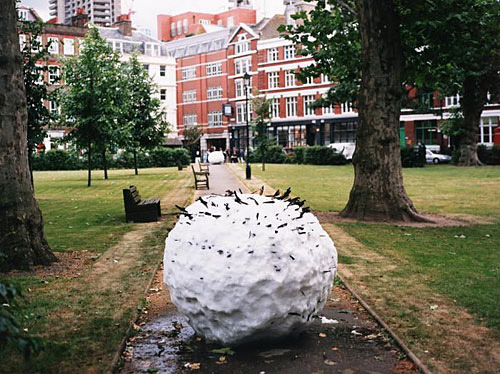
Midsummer Snowballs 2000
Andy Goldsworthy’s art often draws with context and displacement, which draws me to his work. By repositioning natural materials in ways that challenge perceptions of their familiar environments. He often collects materials like stones or leaves from one setting and recontextualises them in another, creating a tension between the natural and the foreign. His transient works, such as MidSummer Snowballs or Leaves Between The Veins, emphasise fragility and impermanence, highlighting the inevitable processes of decay and transformation. By imposing human order through geometric patterns or linear arrangements onto organic landscapes, Goldsworthy contrasts human intervention with nature’s unstructured chaos. He also brings natural elements into urban spaces, in Storm King Wall, a traditional stone wall travels through both forest and stream, blending historical practices with modern art. Symbolically, his use of displacement evokes themes of migration, navigation, and the shifting relationship between humans and the environment. Through these methods, Goldsworthy invites reflection on the interconnectedness of natural and human-made worlds, urging viewers to reconsider how they define place and context.
Rain Shadows 1984
Andy Goldsworthy's Rain Shadows is a fascinating example of his ephemeral art, where he uses the natural elements—rain and dry ground—to create striking yet fleeting images. The Rain Shadows are inherently short-lived, emphasising the transient nature of existence and the constant change in the environment. As soon as the rain stops or the ground dries, the artwork begins to disappear. The pieces highlight the direct interaction between the artist and the environment. Goldsworthy’s presence temporarily alters the landscape without causing permanent change or damage, symbolising a harmonious relationship with nature. These works explore the tension between what is present and what is missing. The silhouette is a negative space, representing the absence of rain and by extension, the brief absence of the artist’s body. The fading shadow serves as a metaphor for memory and the passage of time, reminding viewers of the impermanence of life and the fleeting nature of moments. Goldsworthy's Rain Shadows are part of his larger body of work that seeks to document nature's processes. They challenge traditional notions of art as permanent or static and invite viewers to appreciate the beauty in moments that are often overlooked.
I'm inspired by Goldsworthy's art as his work follows themes that I question and explore within my work. looking into his work allowed me to find a connection that I want my work to express his themes of displacement and non-permitted work within my practice. as I want my art to be free to the public, the main documentation of my work will be photos as I'm giving my work to Manchester. I need to focus on how I will portray my narrative through these photos, which might be challenging however, either talking to a photographer or bringing them on into my work will help me accomplish this.
Tutorials and Talks I Attended

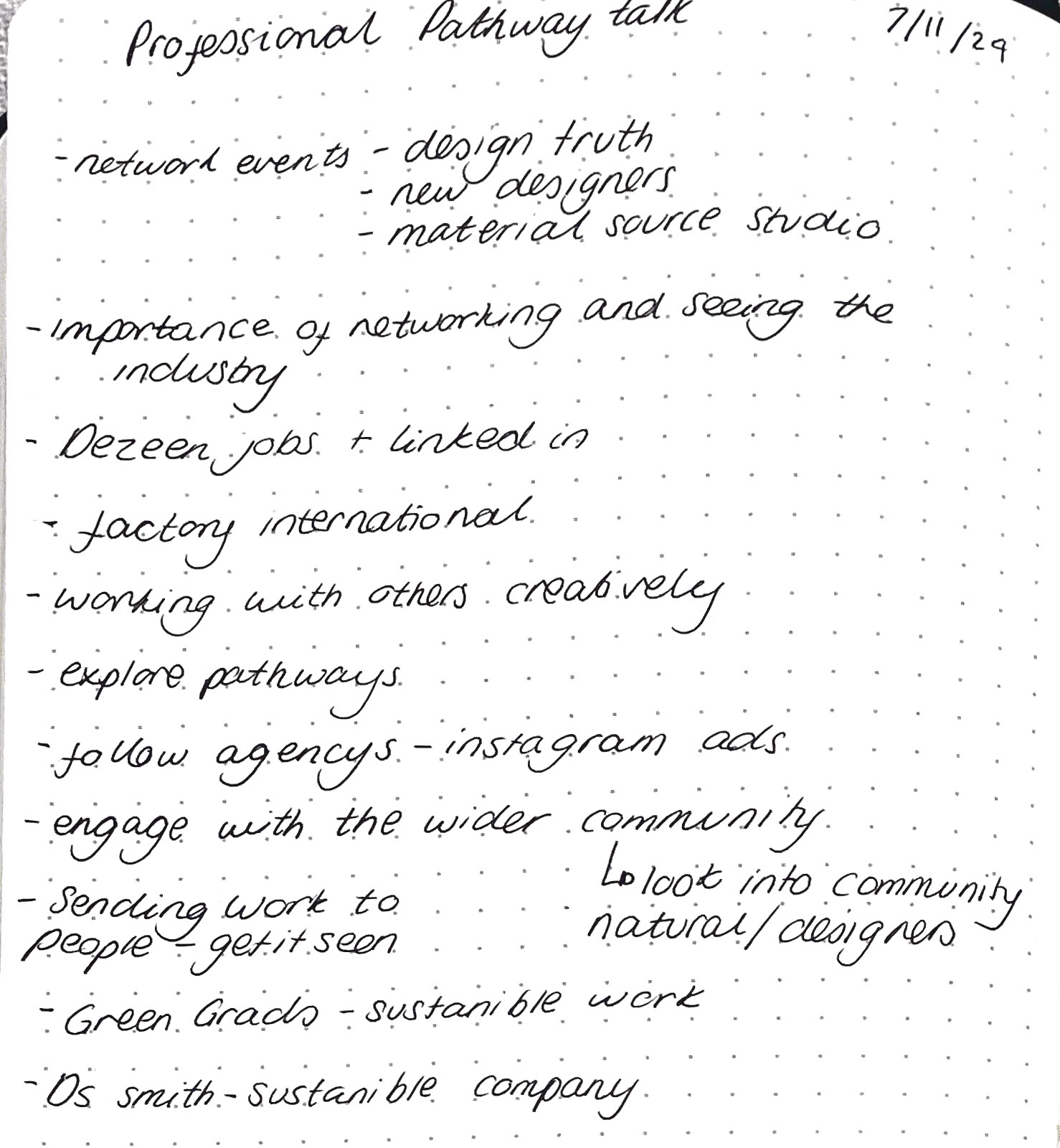

Free Art Fridays
Free Art Fridays is a global, grassroots art movement that promotes the idea of giving art away for free in public spaces. The concept is simple: artists create artworks and leave them in public places for anyone to find and keep, turning cities into open-air galleries and fostering a culture of sharing and accessibility. The movement began in the early 2000s to democratise art and make it accessible to everyone, regardless of socioeconomic status. It aims to challenge the traditional art market by prioritising connection and generosity over profit. The movement invites interaction not only between the artist and the finder but also among the broader community. Those who find the artwork often share their discoveries online, tagging the artist and expressing gratitude.
Free Art Fridays are similar to the concept I want to have within my work, placing my work into the city to make a reconnection between nature and urban life, which also leads to the free taking of my work this allows my work to explore a sense of connection and surprise, transforming mundane public spaces into creative hotspots, allowing the public reconnect with nature and invite it into their homes. by also doing this, my art voices that art can be free to everyone. although I won't openly invite people to take my work, it will be interesting to see how the public interacts with my art. I'm hoping to also attach something allowing the new owner to reconnect with me as an artist showing my art in their new homes, allowing me to further explore the connection between nature, public and art.

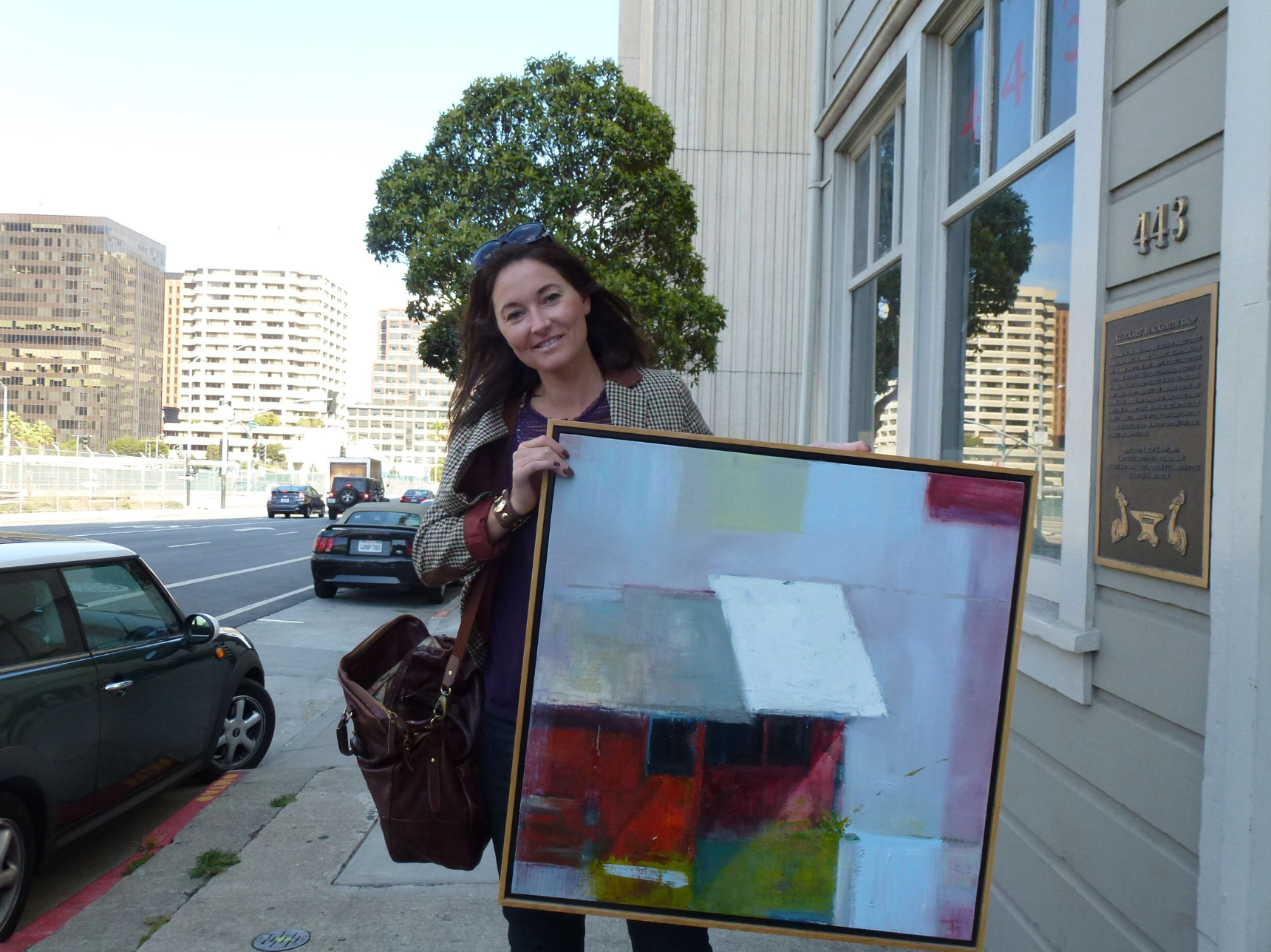

Free art Fridays In Manchester
Whilst looking into free art, I came across a Free Art Fridays page based in Manchester, a range of different artists using different mediums sharing their work with the people of Manchester. I never knew this was a concept but have been inspired whilst researching it, allowing me to explore more ways I can incorporate the public within my art.
It also imposes the following questions:
How do people respond
when faced with something that
Is it completely free?
when faced with something that
Is it completely free?
Do people only take work as it's free?
What will they do with free work?
Does the size and volume impact taking something for free?
Do people feel they are going against social norms by taking work for free?
Adam Neate
Neate began his artistic journey by creating paintings on cardboard, a material he often found discarded in the streets. He would then leave these pieces around London for people to discover and take home. His goal was to challenge the commercial nature of the art world, where art is often treated as a commodity to be bought and sold. Instead, he wanted his work to be experienced freely by the public.
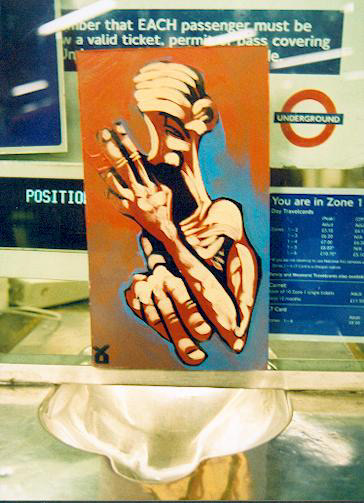


The pieces were left in plain sight with no indication of the artist’s identity. Neate’s attitude was that once the art was left in public, it belonged to anyone who came across it, embracing the idea of "finders keepers." He believed that this approach removed the financial barrier to art and allowed it to belong to the people. Adam Neate's free art practice is a powerful example of an artist embracing the idea that art can be freely shared with the public. His work continues to inspire discussions around the accessibility of art, challenging the traditional art market and advocating for a more inclusive approach to creativity.
Yayoi Kusama
Yayoi Kusama's Infinite Accumulation (2024) is Kusama's largest public sculpture outside London’s Liverpool Street Station. The sculpture, consisting of reflective silver spheres arranged in a sprawling web-like formation, spans over 300 feet and stands nearly 33 feet tall. Kusama describes the work as reflecting the constant motion and diversity of London’s urban population, with each sphere symbolising an individual while the curving lines suggest the underlying social structure that binds them together. The artwork engages with Kusama's signature themes, especially her obsession with repetition and polka dots, which she views as a representation of universal connection. The reflective nature of the spheres invites commuters and passersby to engage with the artwork, seeing not only themselves but also the surrounding city, reinforcing the dynamic relationship between individuals and the urban environment. and offering viewers the same opportunity for escape, contemplation, or liberation from the ordinary. Public installations, like her Infinity Rooms, create environments where the audience is enveloped, inviting a transformative experience.
I was drawn to Kusamas work and her approach to public art, although you can't take her work, she believes that art should be accessible to everyone, not just those who can afford it or who visit galleries. By placing her works in public spaces, she democratises art, offering people to engage with her creations. This openness reflects her desire for a universal experience, one where her art is not limited by the walls of a museum but instead becomes a part of the everyday environment. Public installations allow her to connect with a broader audience and also allow the public to personally experience the work.
The Sketchy Maker
The Sketchy Maker is a local artist in Aberdeen who has gained attention for creating and hiding Lego-inspired concrete figures around the city. Using 3D-printed models, silicon moulds, and concrete, The Sketchy Maker has placed 15 unique characters in various locations, including a train driver, a medic, and a wizard. The project aims to bring joy and smiles to people who discover these hidden gems. The artist, who prefers to remain anonymous, has expressed interest in expanding the project to other cities and creating more designs

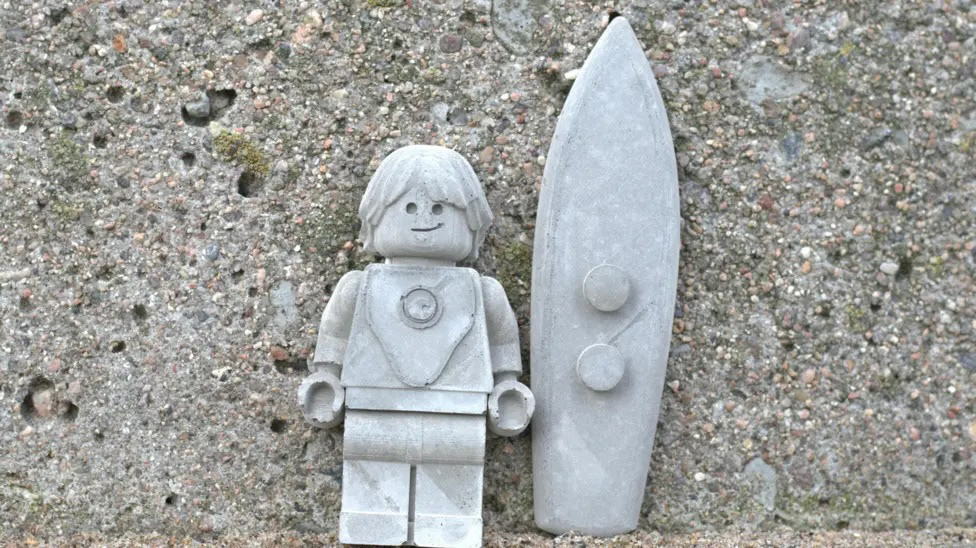
Similarly, my idea of distributing free art aims to democratise access to artistic experiences, fostering a sense of community and connection. I am inspired by The Sketchy Maker as they emphasise the importance of bringing art into public spaces, making it part of the daily fabric of life rather than confining it to galleries or exclusive settings. By offering my art freely, I enhance public interaction and appreciation, much like The Sketchy Maker does with their hidden figures. This approach not only increases exposure and engagement but also inspires creativity and brings happiness to people who encounter these artistic surprises in their environment.
Sence Of Place
The "sense of place" refers to the unique feeling, atmosphere, or identity that a specific location or environment evokes. It encompasses the emotional and psychological connections people have to a place, shaped by factors like history, culture, architecture, nature, and personal experiences.
A sense of place can be influenced by physical characteristics: the landscape and climate contribute to how it feels. Cultural and social aspects. Personal connection: Individual memories, experiences, and emotions tied to a location contribute to its unique significance for someone.
Many artists explore the concept of a "sense of place" in their work, often delving into how environments shape identity, history, and culture. As an artist, my work explores the sense of place and belonging as I take inspiration from my hometown of Brighton. This specific location helped mould me into the artist that I am; my work explores the physical characteristics of Brighton by looking at the pebbles on Brighton Beach it also has a personal connection as it holds significant memories for me and experiences, which I translate within my work. My work examines my sense of place within Manchester and how I can bring my home comfort of Brighton into my new city, helping me feel more connected to the city.
Richard Long
Richard Long is a British artist whose work is deeply rooted in the exploration of a sense of place through his engagement with landscapes. As a leading figure in land art, Long uses the natural world as both his canvas and medium, creating works that highlight the transient, cyclical, and physical qualities of specific locations.
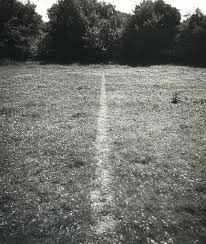
A Line Made by Walking 1967

Walking a Line in Peru 1972
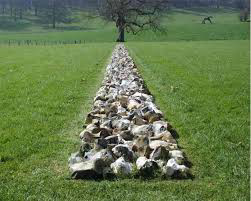
Tame Buzzard Line, 2001
His walks through rural and remote landscapes are both a physical and meditative act, resulting in artworks that document his interaction with the land. A Line Made by Walking is one of his earliest and most iconic works, where he walked back and forth across a field to create a subtle, temporary line in the grass. By physically traversing a landscape, Long emphasises how movement and presence bring deeper awareness to the character and essence of a place. By using materials native to specific locations, Long connects his art directly to the physical properties and natural history of those places, reinforcing the idea of reconnecting to a place and land art.
Richard Long’s work exemplifies an engagement with the natural world, offering a unique perspective on how humans experience and shape their environments. His art invites contemplation of the physical and material qualities of a place, emphasising our deep, evolving connection to the landscapes around us. His work is often temporary, allowing nature to take it over, capturing the time to the place.
David Hockney
David Hockney's exploration of a sense of place is a central theme in his art, particularly through his depictions of the landscapes he has lived in and visited. His works evoke a deep connection to specific locations, reflecting both his personal experiences and the unique qualities of those places.
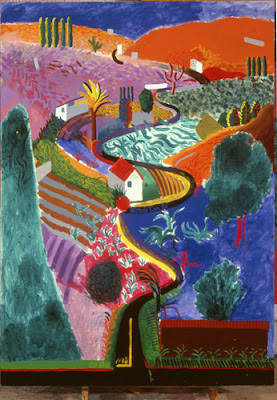
Nichols Canyon, 1980
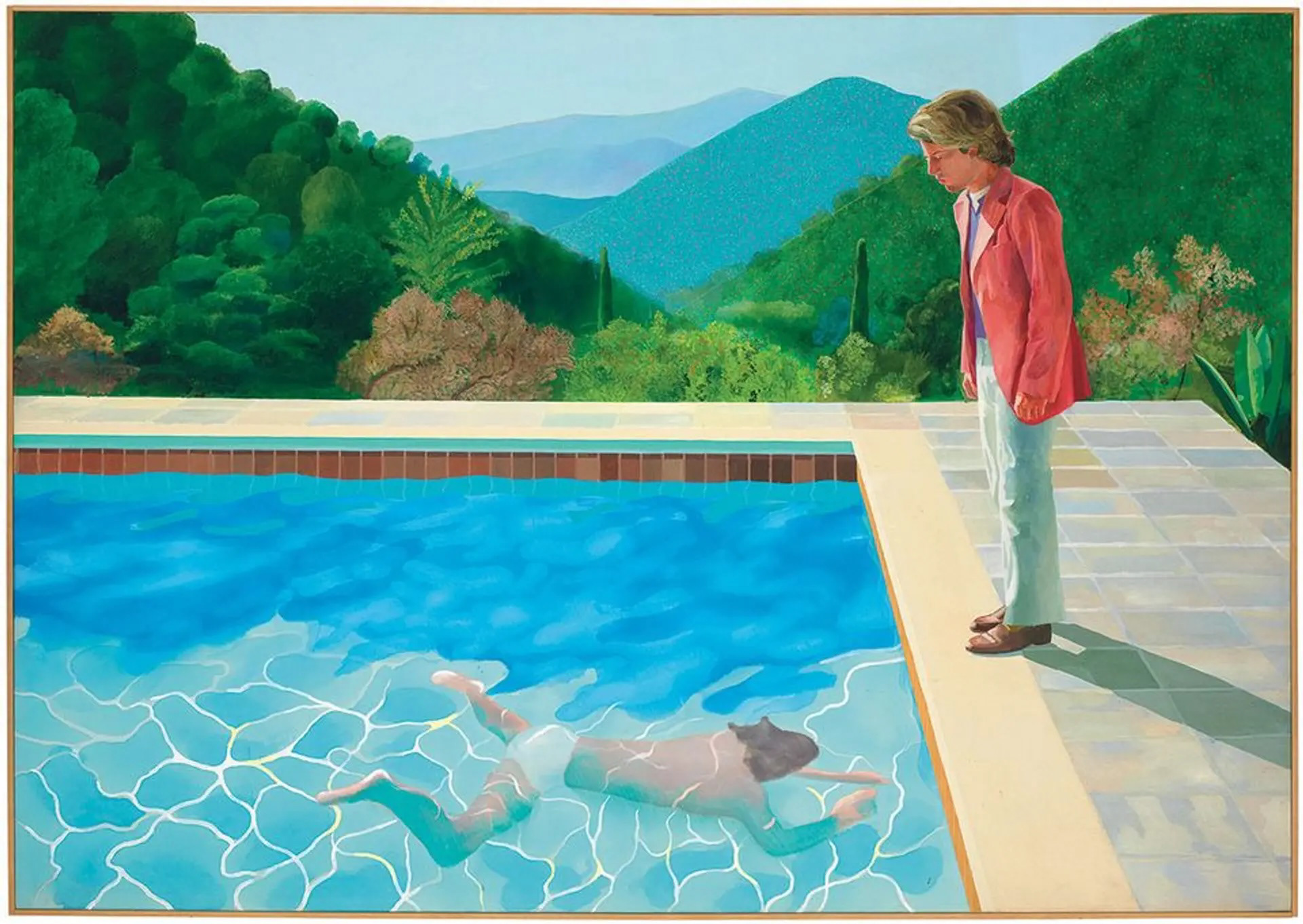
Portrait of an Artist (Pool with Two Figures) 1972
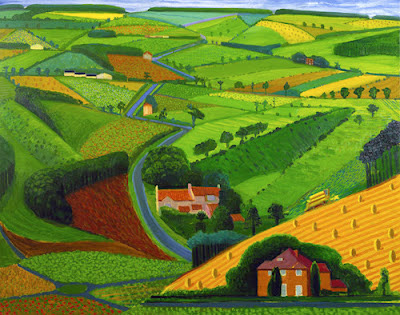
The Road Across the Wolds 1997
Some of Hockney’s most famous works are his vibrant depictions of the Southern California landscape, capturing the light, colour, and spatial dynamics of California’s environment. Nichols Canyon and Portrait of an Artist (Pool with Two Figures) use vivid colour and stylised forms to create an emotional connection to the warmth and energy of the place he once lived.
After moving back to England in the 2000s, Hockney turned his attention to the landscape of Yorkshire, where he was born. His works, such as The Road Across The Wolds, depict the rural, changing seasons of this area in intimate and personal detail. In contrast to the sunny, warm hues of California, his Yorkshire paintings are characterised by the lush green fields, woodlands, and rolling hills of the English countryside. Hockney’s Yorkshire works the landscape to express the passage of time and the seasons, offering a personal and sensory connection to his childhood home and the cycles of nature that define the region.
In all of these works, Hockney’s sense of place is about more than just physical locations it’s a reflection of his emotional, sensory, and personal engagement with the landscapes he inhabits. His art invites viewers to experience these places not just as passive backdrops but as living, evolving environments that influence and shape identity.
Group Crit


Collective Singularly
The term collective singularity explores the tension between multiplicity (multiple perspectives, experiences, or parts) and unity (a singular idea, form, or identity). An artwork that is made up of many small, seemingly independent pieces could represent the concept of "Collective Singularly," where the individual pieces are essential but only fully meaningful when viewed as part of the whole.
I want my work to be in the concept of collective singularity, a collection of individual vessels that have different colours, sizes and forms. My form for the body of the vessels will be informed by using pebbles as a rib, leaving the bodies of the vessels to be all individual; however, I want to keep the similarity with the necks of the vessels, keeping it very simple and a clean top which will be united throughout. The coloured marbling, although different colours, will all be in the same style and, therefore, will be similar.
I want my work to carry this concept as a shared aesthetic or thematic focus can create a stronger emotional response in the audience, allowing them to feel connected to the work and its message. It also allows my work to. Be more impactful, creating a stronger message for the public, the impact of having a collection is better than having just one individual piece it also allows me to create a collection of work so more people can be involved in creating work for the community and public rather than than one person.
Edmund de Waal
Edmund de Waal is a British ceramicist and writer who is well known for his minimalist, poetic ceramic installations. He often creates collections of individual ceramic vessels that focus on the themes of memory, impermanence, and family history. His work frequently involves groups of pots or vessels that together form a cohesive story, yet each vessel is a standalone object with its shape, texture, and glaze.



Edmund de Waal’s "Signs and Wonders" (2009) is an exploration of collective singularity through its ceramic vessels that, while distinct in their form, colour and inscription, come together to create a cohesive and expressive whole. The installation represents a poignant fusion of personal and universal memory, individual experience and collective history, which are essential aspects of the concept of collective singularity. However, when viewed together, these individual pieces contribute to a larger narrative and collective experience. The collection of 425 vessels has a larger impact on the audience as a large collection draws people into the work and holds their interest rather than one vessel. Having a large collection enables the artist to express his memories of the old rooms of the V and A gallery, where he spent many days of my childhood.
How Manchester City Directs People
Manchester, like many other cities, is designed with specific features to direct people’s movement and shape their experience of the city. The urban layout, transportation systems, public spaces, and architectural elements all contribute to guiding people's behaviour, whether through encouraging foot traffic, directing commuters, or influencing where people gather and spend time.
Manchester's design is a result of carefully considered urban planning, where the goal is to not only serve functional needs (e.g., transport, retail) but also guide people to key areas, enhance social interaction, and create a sense of place. The city uses a combination of street layouts, transportation systems, public spaces, architectural landmarks, and cultural features to direct the public, making it easier for people to navigate, find points of interest, and feel connected to the city. Whether it’s through the grid structure, pedestrianised zones, public transit options, or the placement of key landmarks, every element plays a role in directing how people move, work, shop, and socialise in Manchester.
I think it important to look into the flow of Manchester and see how people are unconsciously following a certain direction around the city to see the best parts and to keep the flow of the city. Even things like bollards or metal fences restrict people from free movement, not crossing in certain places and keeping the flow using this information is useful as it will allow me to think about the placing of my vessels within the city centre. I want my work to attract people, so putting it in places that disturb the direction of the city forces people to stop and take in my work, forcing an audience to view my work as it disturbs the everyday direction the city enforces.
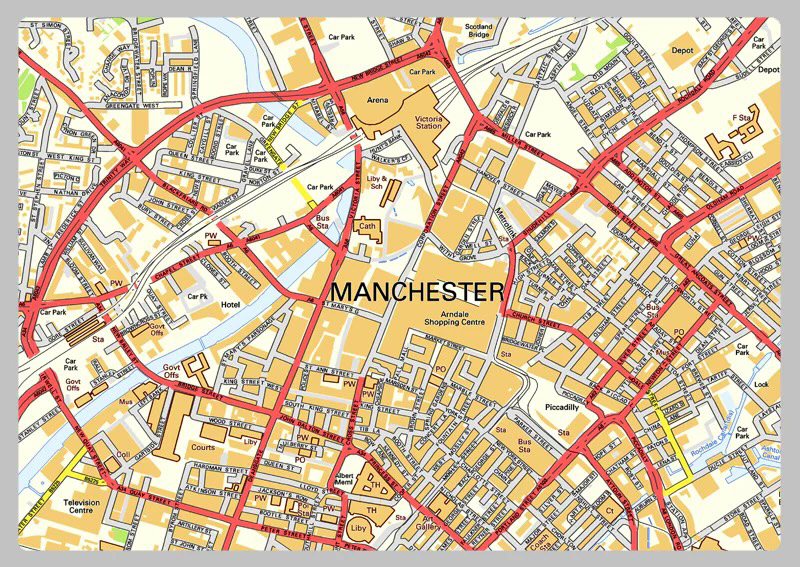

Rodríguez-Gerada
Rodríguez-Gerada is best known for his large-scale public art projects that alter the appearance and experience of urban spaces, often using the city itself as both the canvas and the subject. His work directly challenges the typical design of public spaces and their role in directing or controlling the movement and behaviour of people. One of his most well-known works, the "Terrestrial Series", involves creating large-scale portraits of individuals in urban landscapes, often using sand, dirt, or other materials to create temporary, site-specific works. These portraits are massive in scale and are often placed in vacant lots or underutilised public spaces, disrupting the normal flow of urban life. By positioning these portraits in spaces where people would not expect to see them, Rodríguez-Gerada forces people to reimagine their relationship to the urban environment and to how the city has been designed to direct their attention

PERPETUAL FLOW: Ouarzazate, Morocco
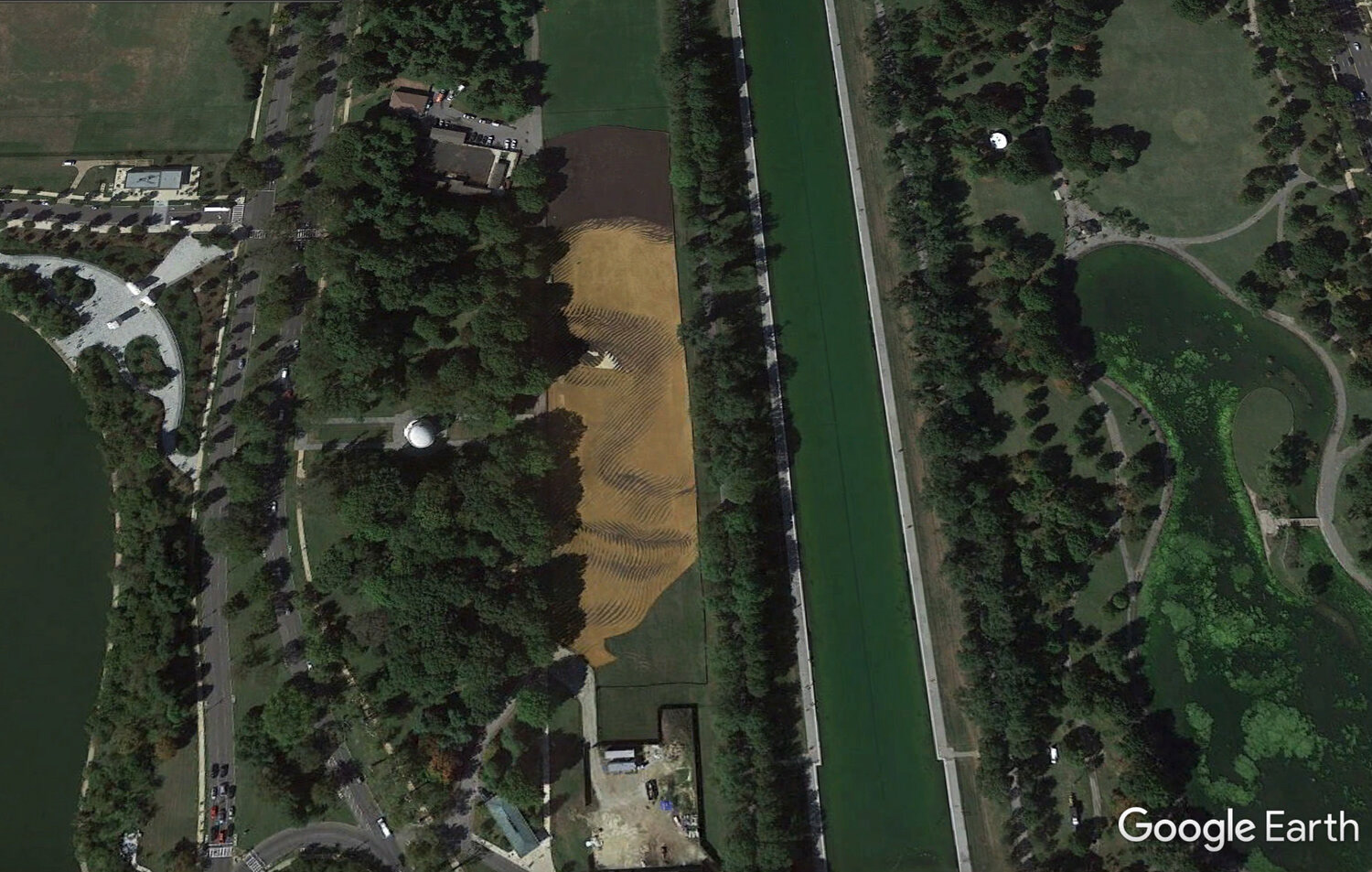
OUT OF MANY, ONE : Washington, DC

WISH: Belfast, Ireland
By creating art in spaces that are often ignored or underutilised, Rodríguez-Gerada questions who has the right to define the purpose of a public space. His work interrupts the functional design of the city, transforming neglected areas into spaces of reflection, community involvement, and artistic expression.
Why i Want To Throw Big
Throughout my ceramics, I've always thrown on a small scale; this was beneficial as it allowed me to develop foundational skills and refine my techniques on a manageable scale. Working on smaller pieces helped me gain control over the clay, understand its behaviour, and experiment with shapes, textures, and glazes. As I built confidence and precision, I felt like I was more able to throw big, challenging myself as a maker and advancing my practice.

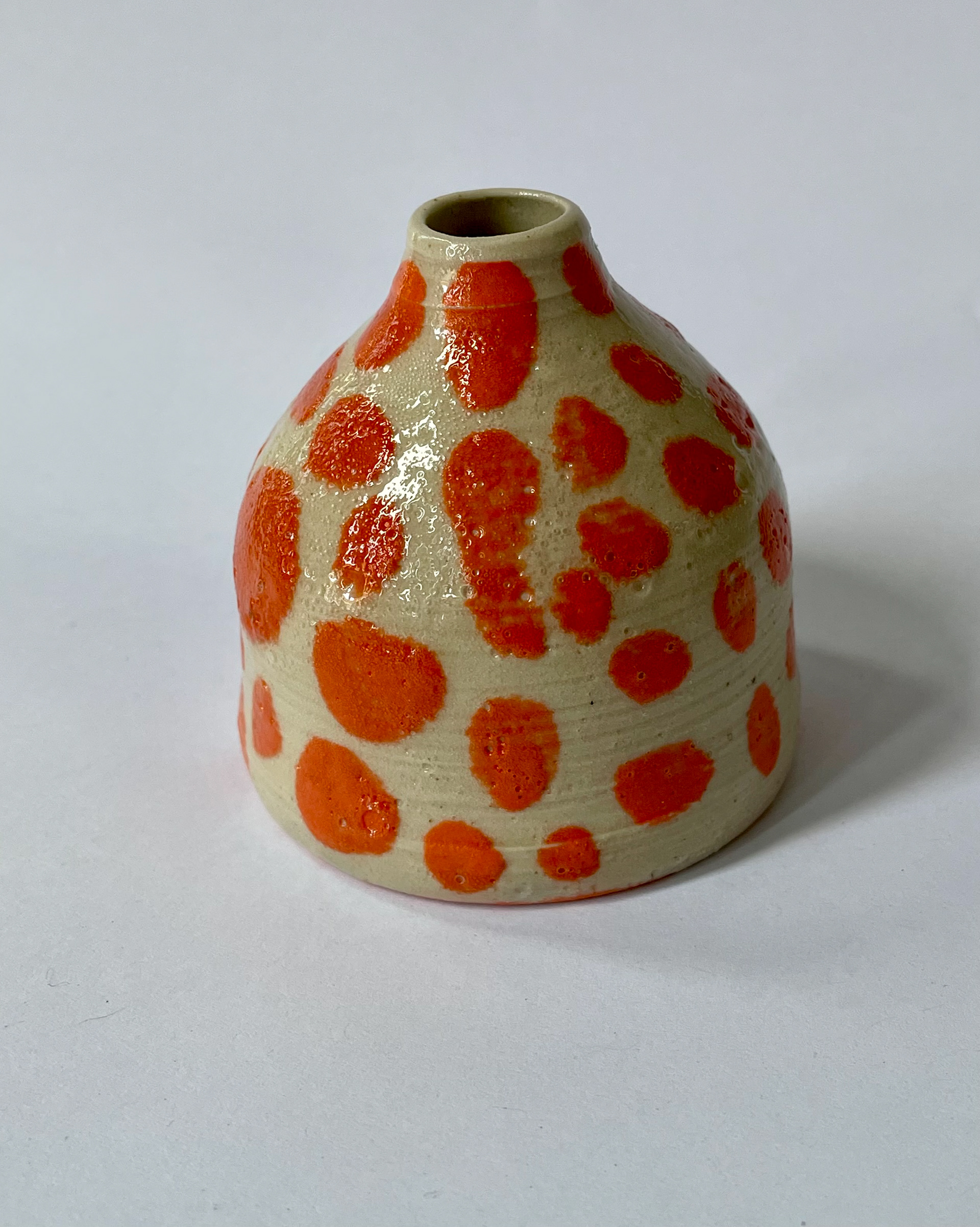
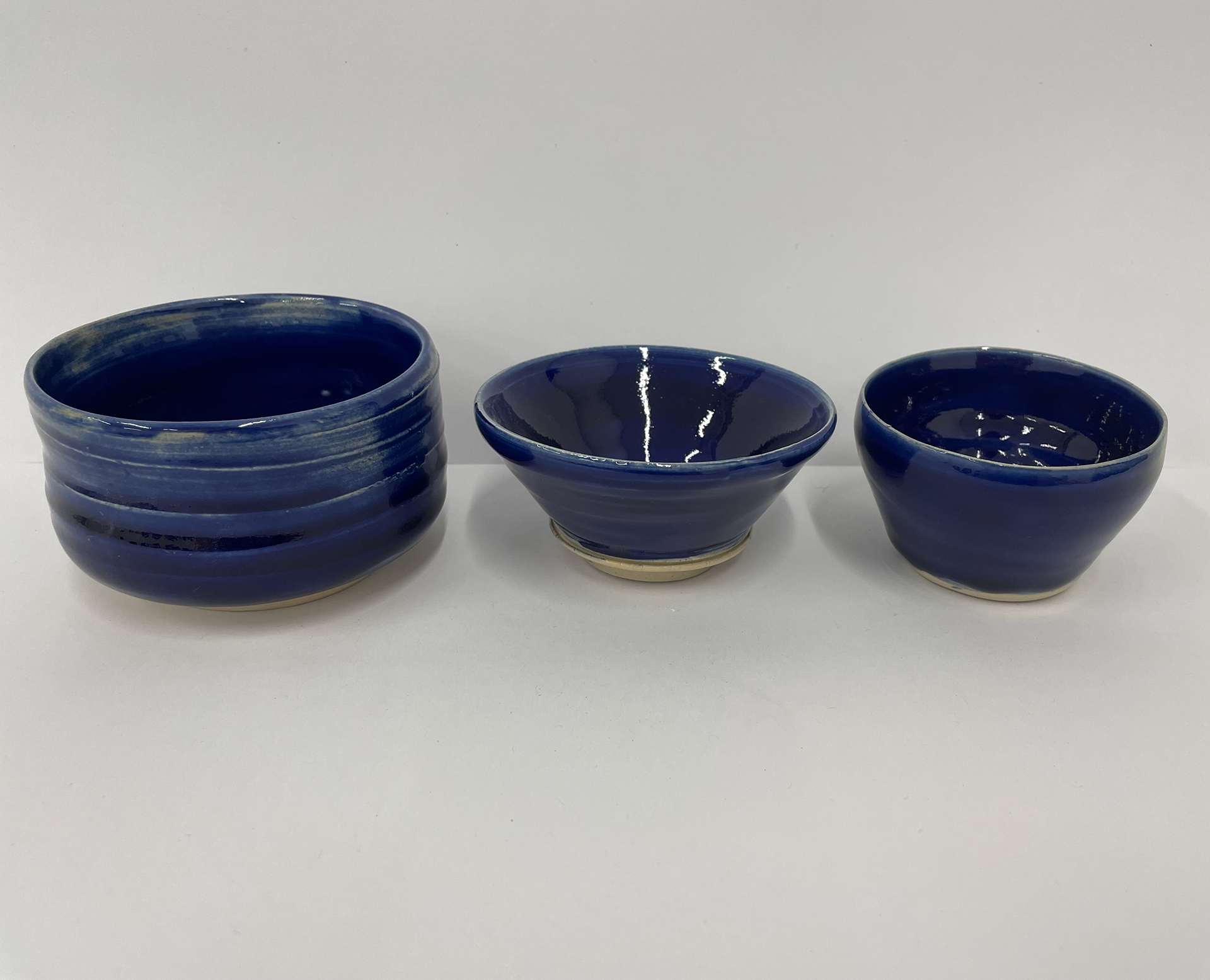
For this project, I want my pieces to be thrown on a larger scale and open up new creative possibilities, challenges, and opportunities for me. It will allow me to explore more ambitious forms, bold designs, and intricate details that may not be achievable on smaller pieces. Larger works also have a strong visual and physical presence, making them impactful in both functional and sculptural contexts, which is key as I want my work to be seen by the public, engaged with and taken I think this is achieved by using larger ceramics as a small scale vessel wouldn't have the same impact or affect.